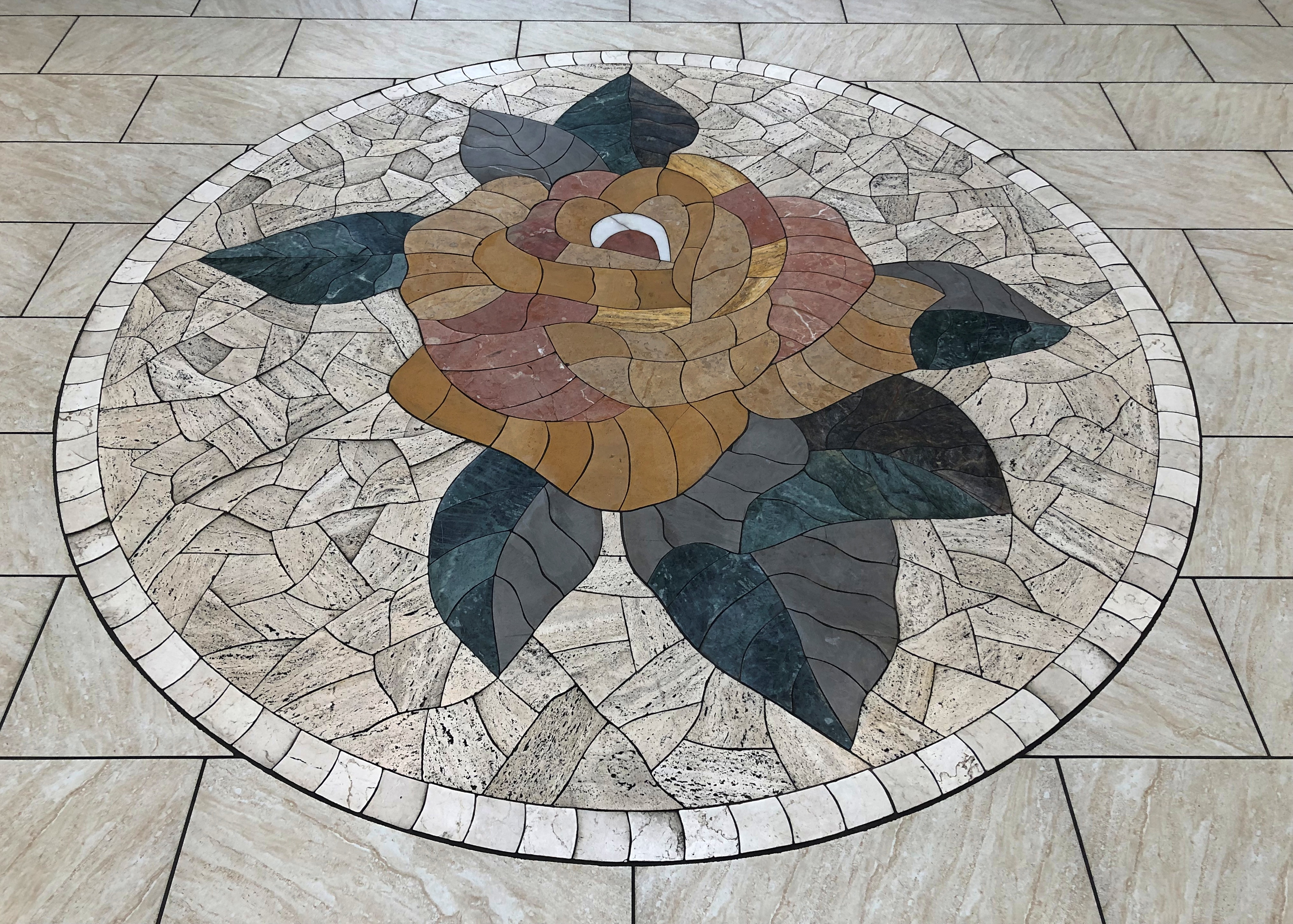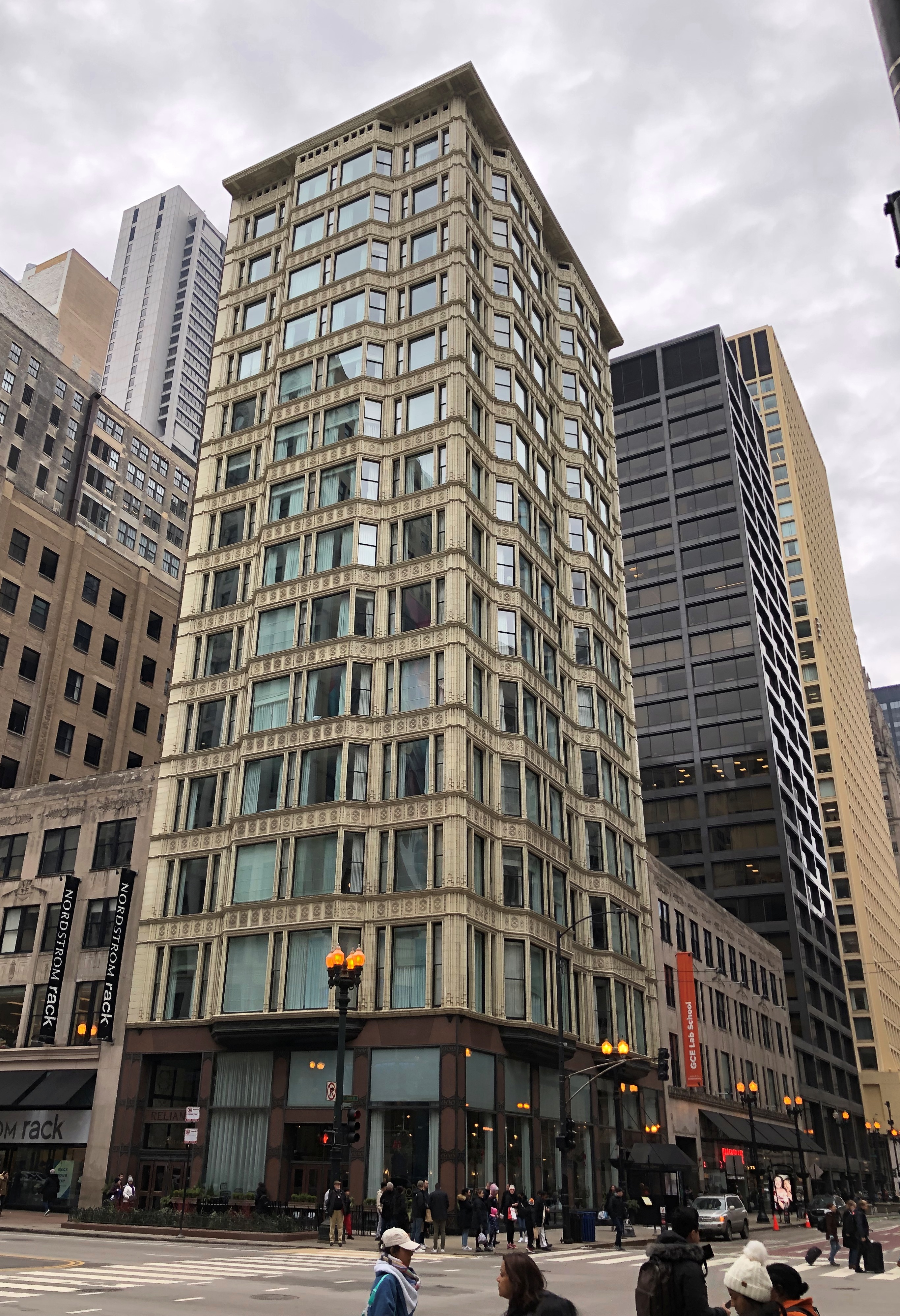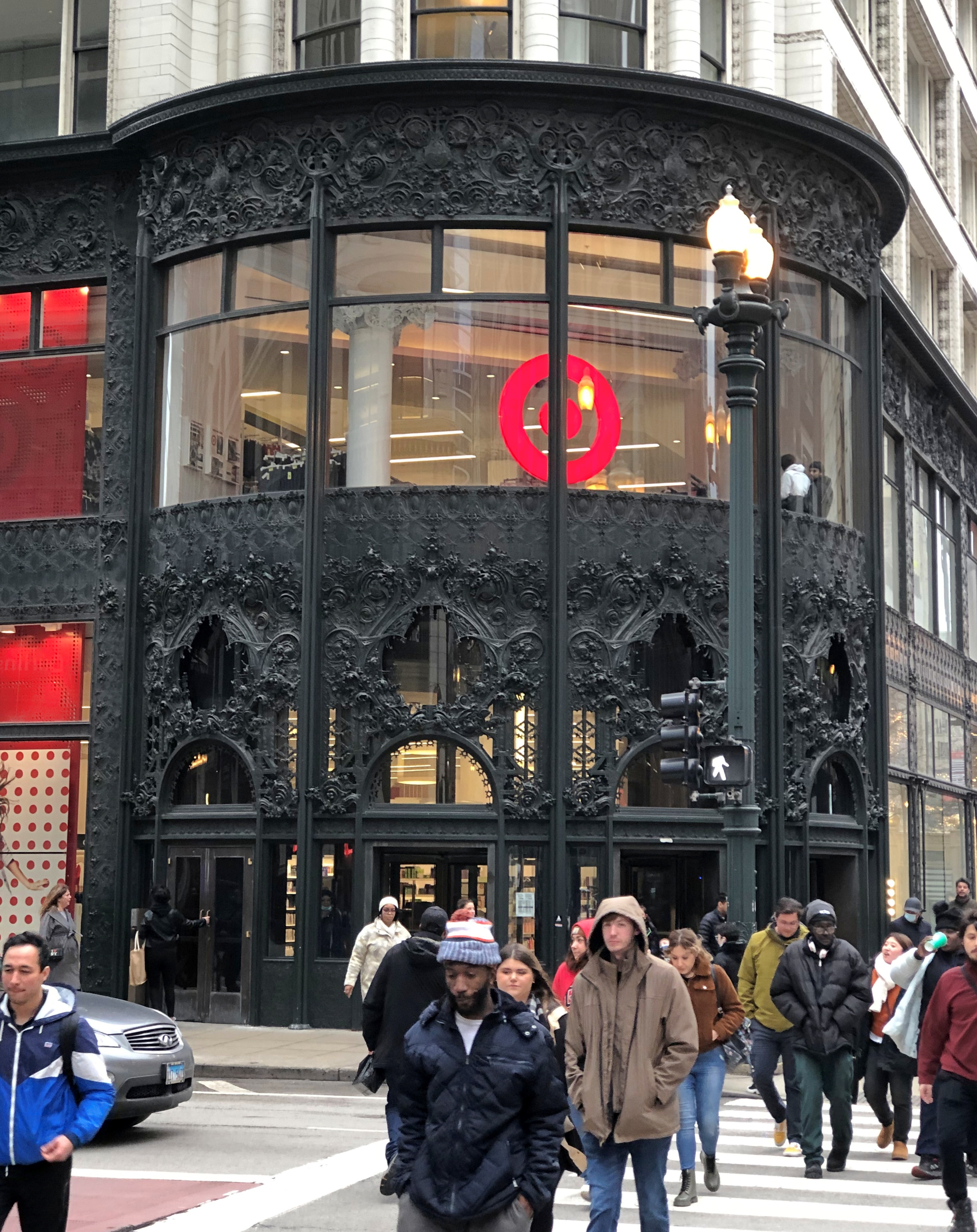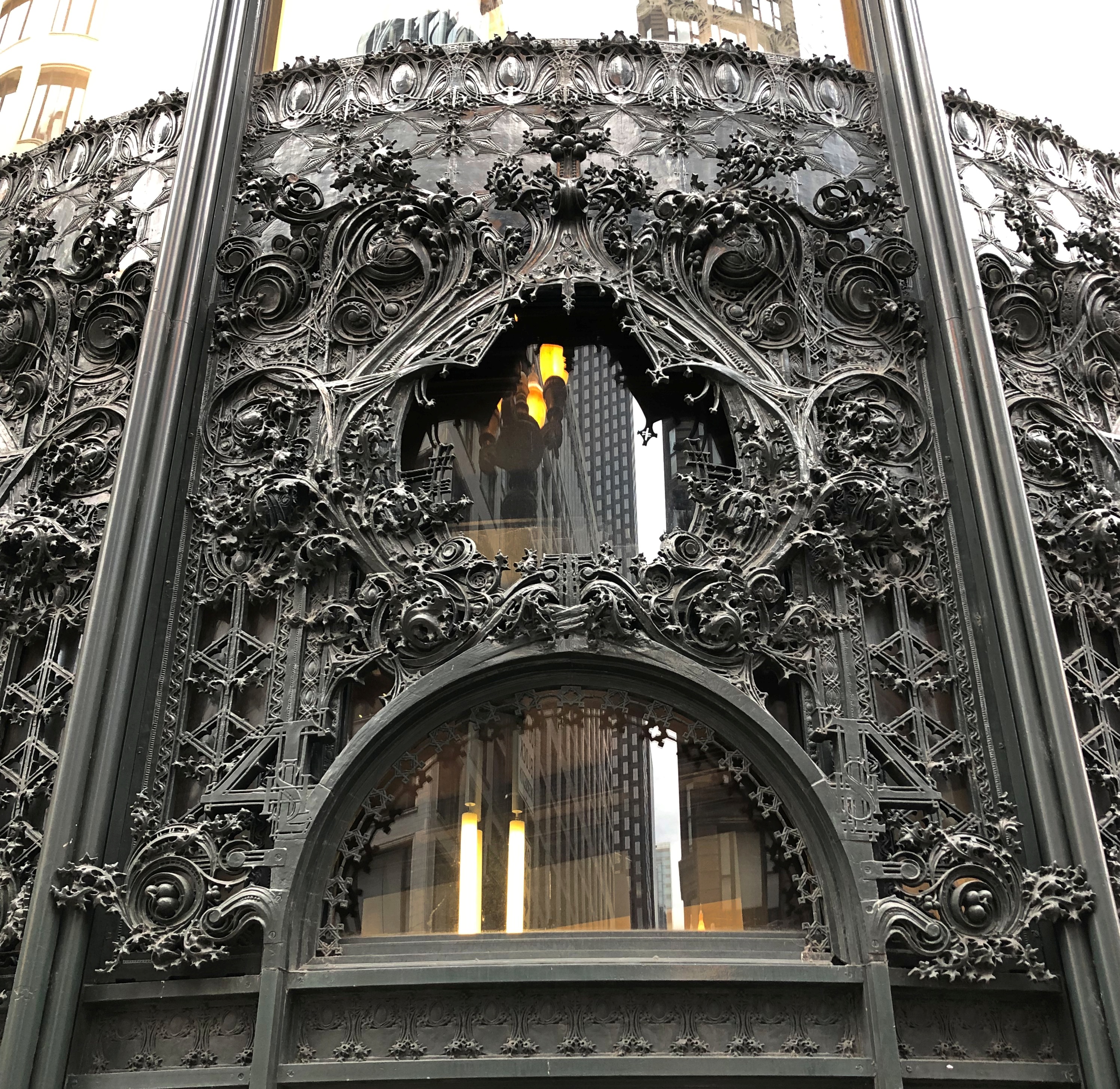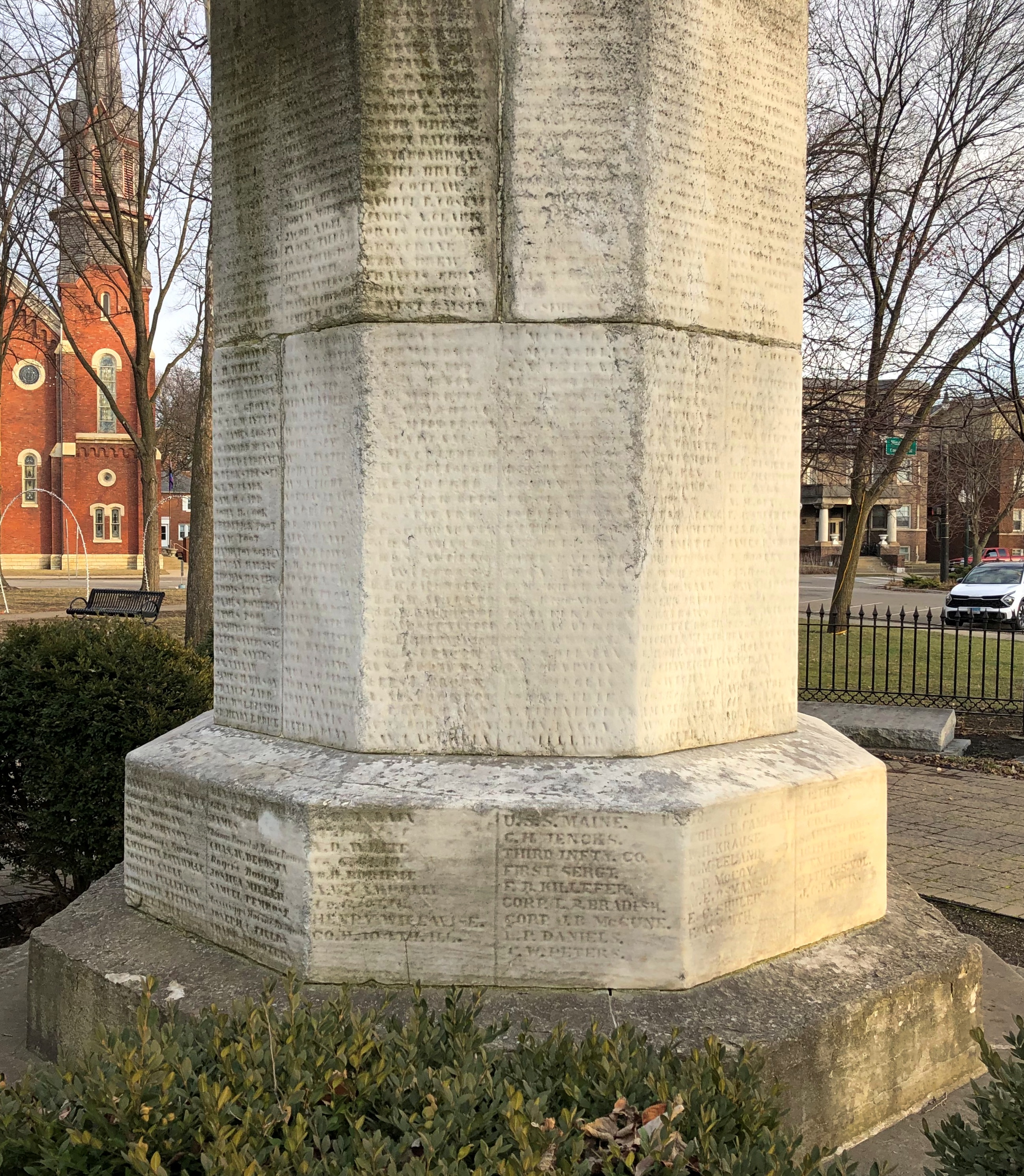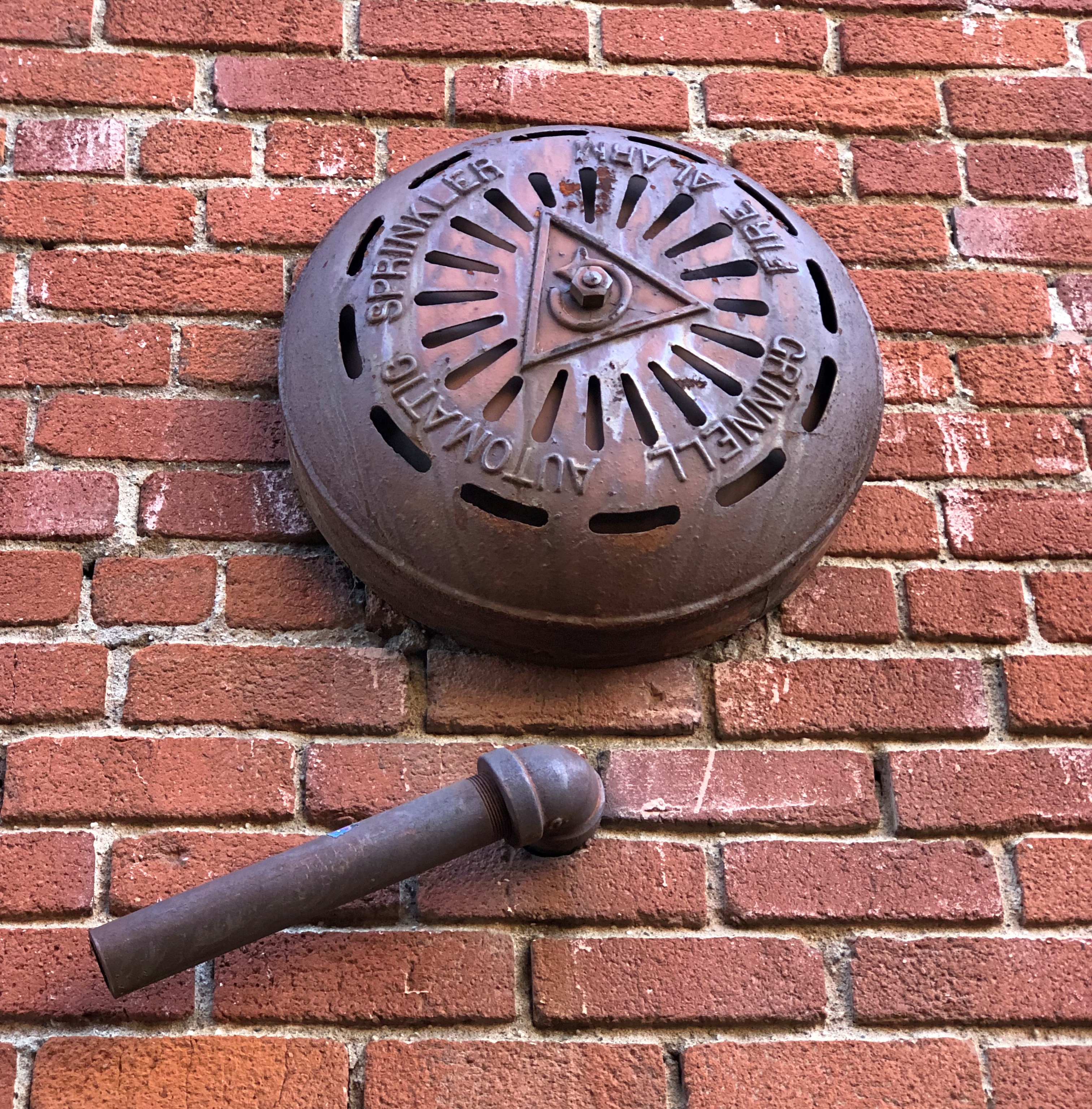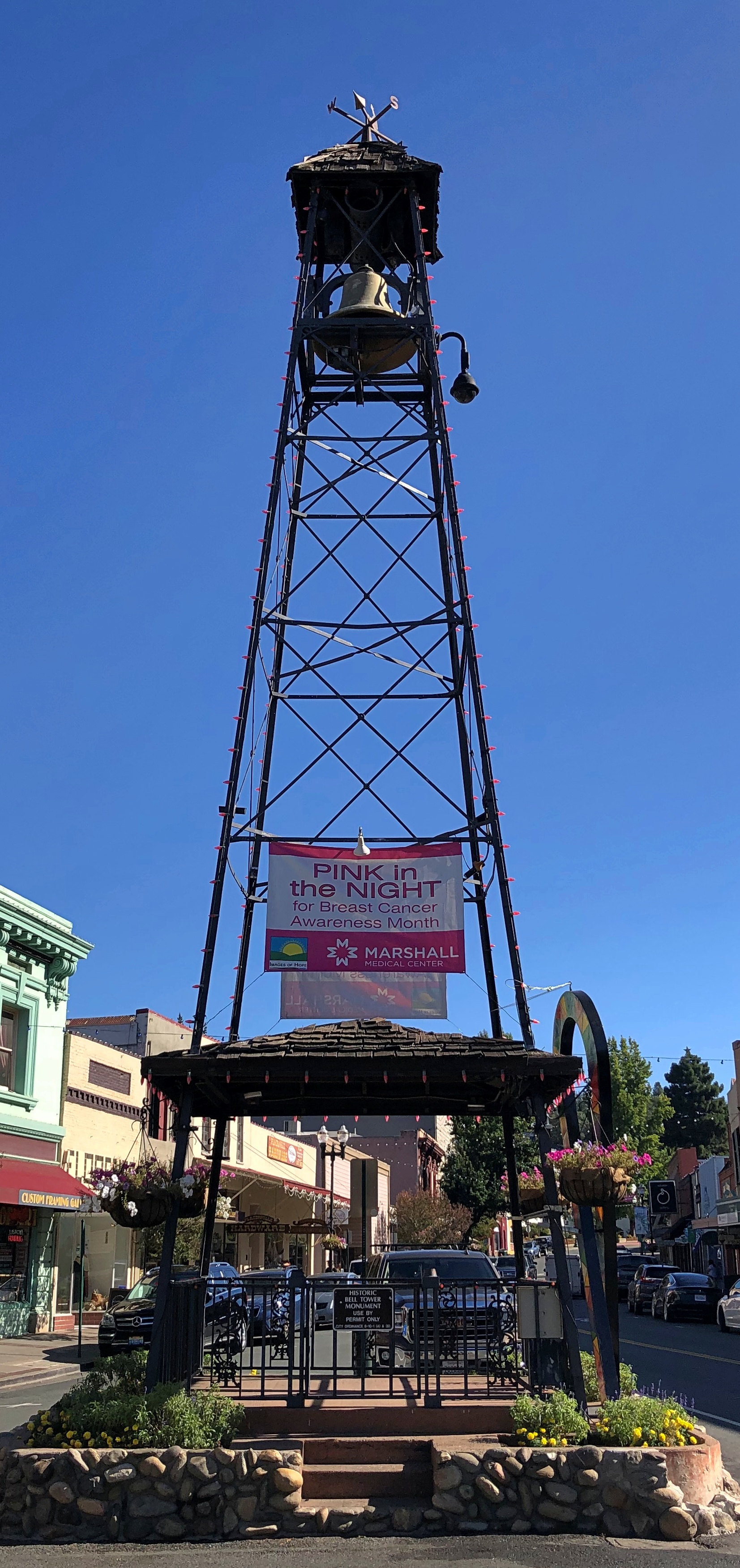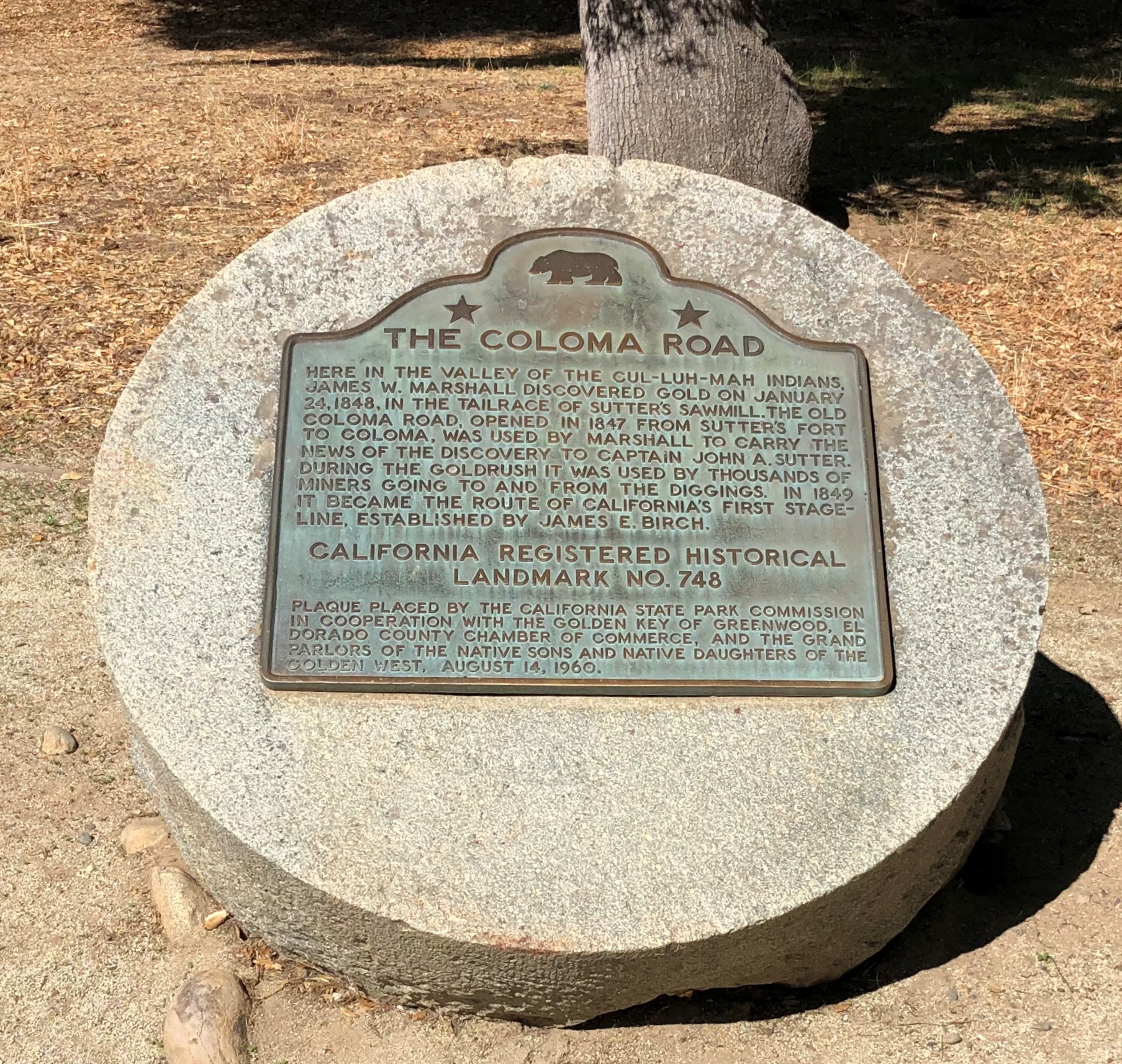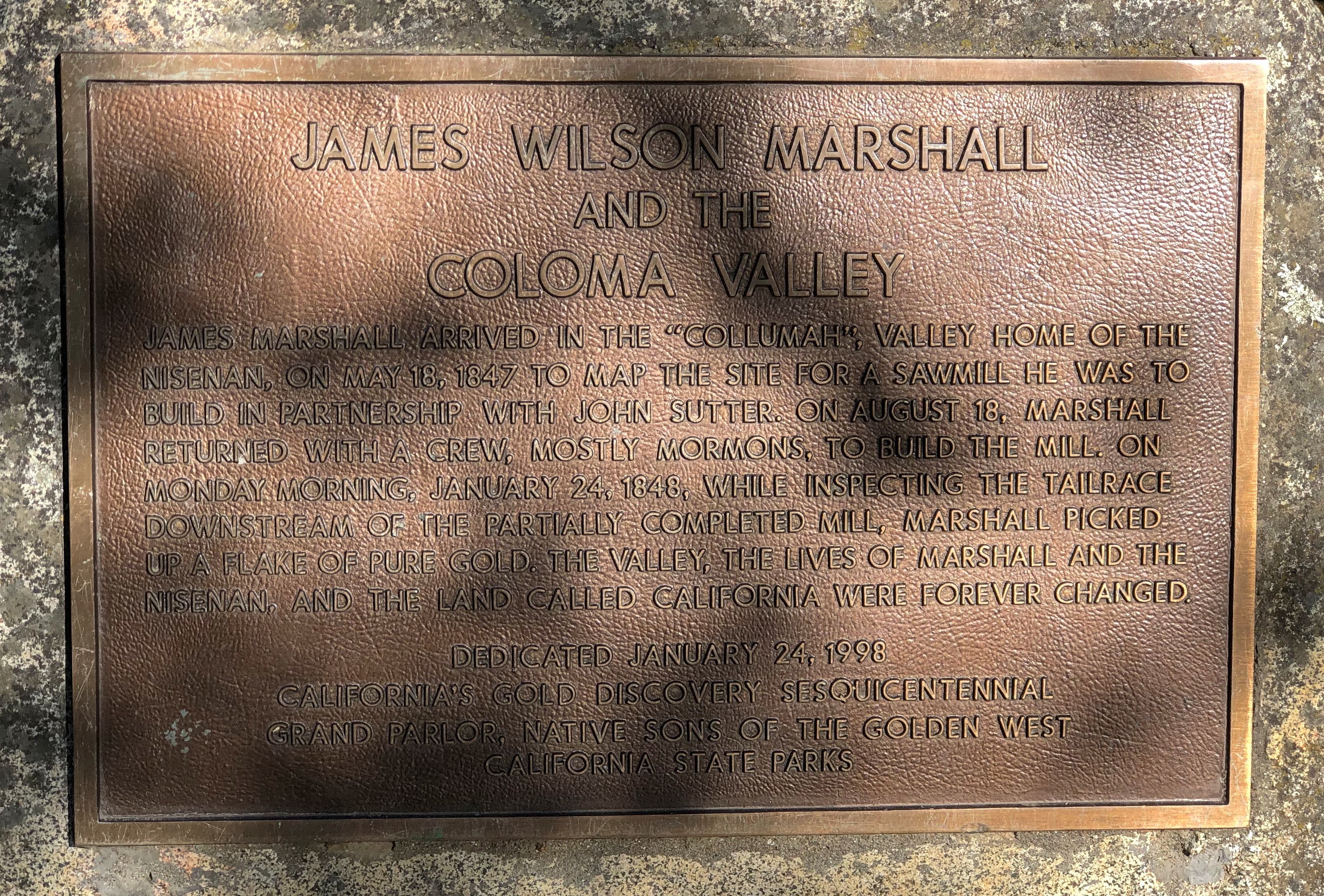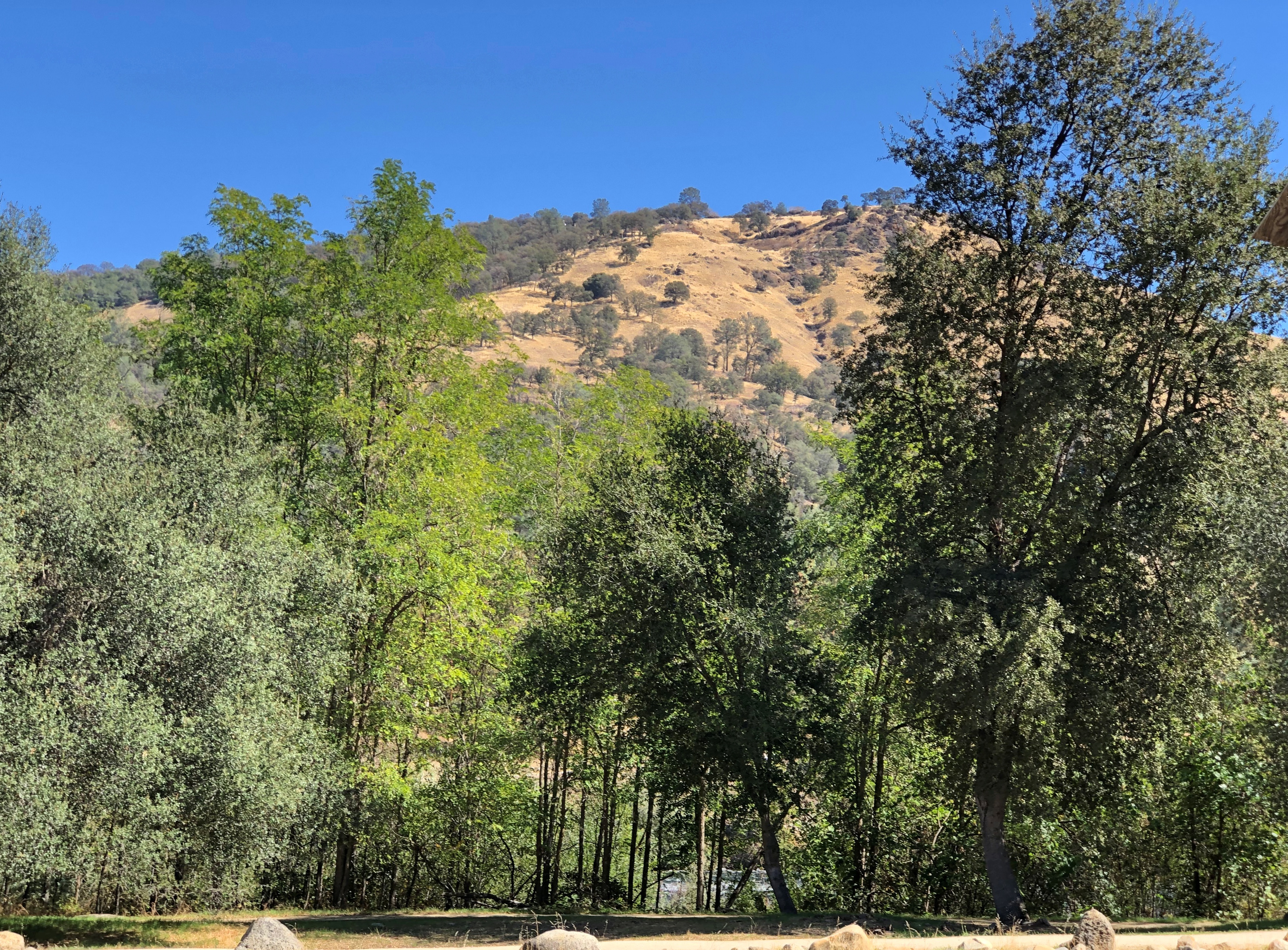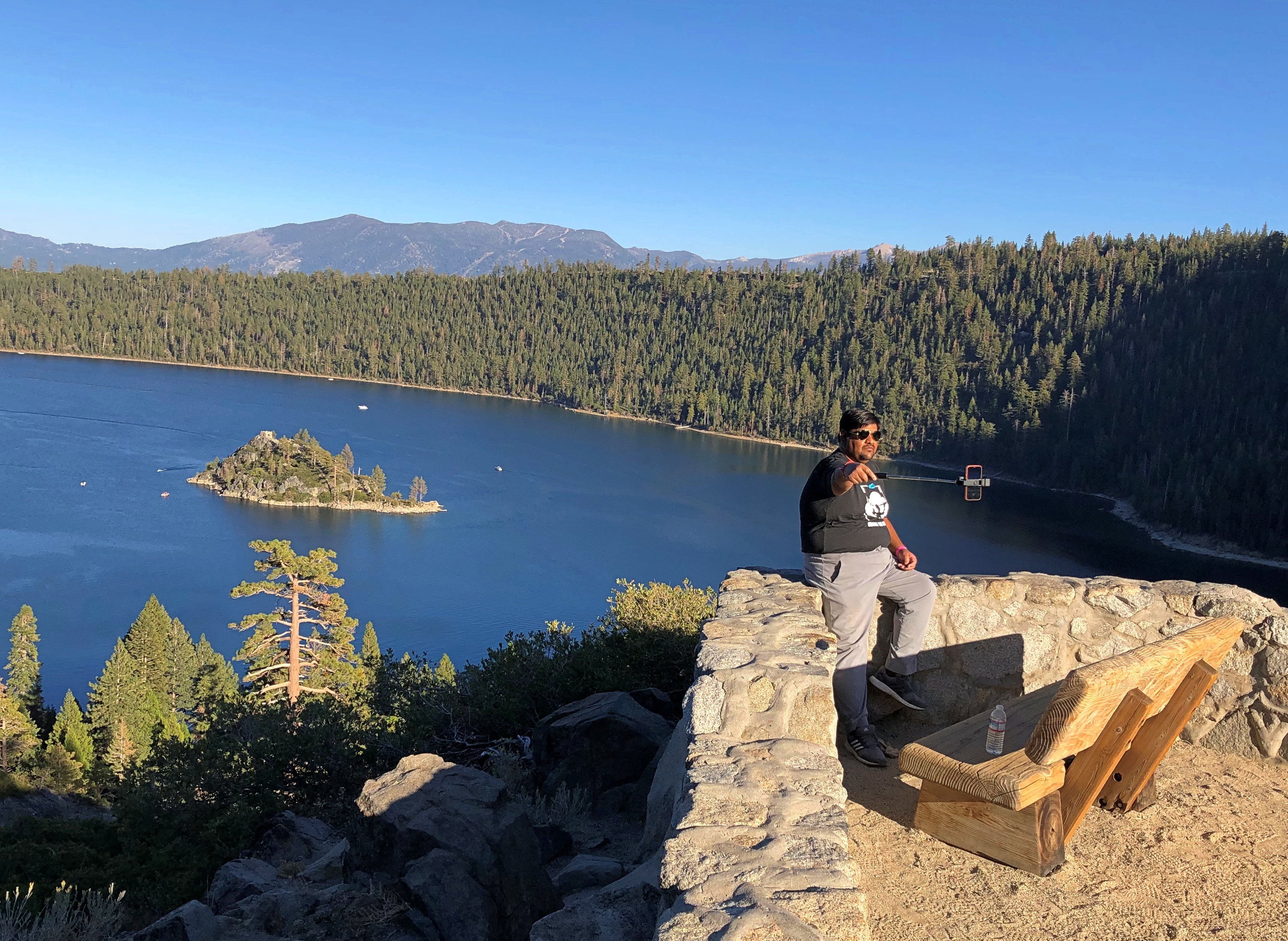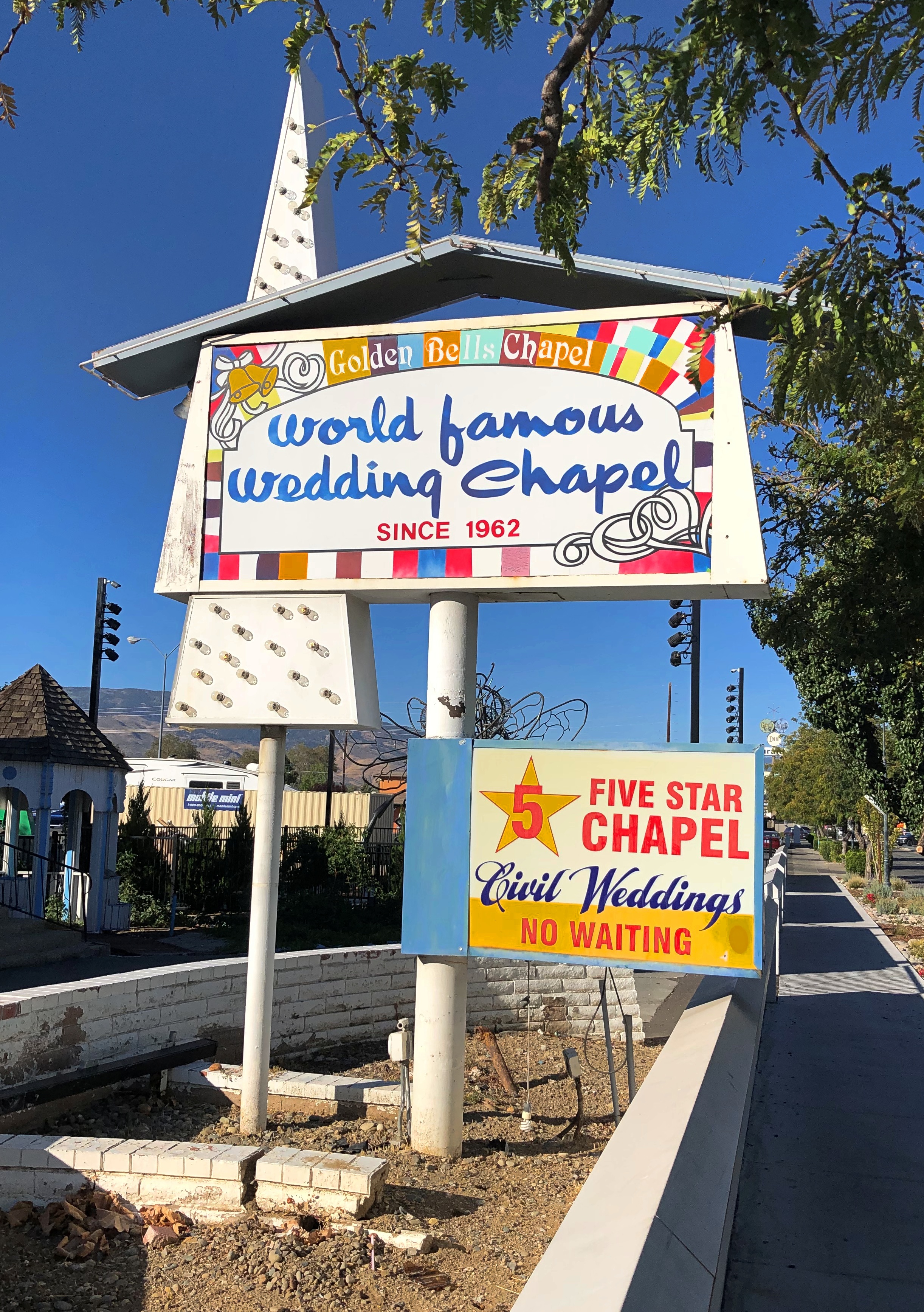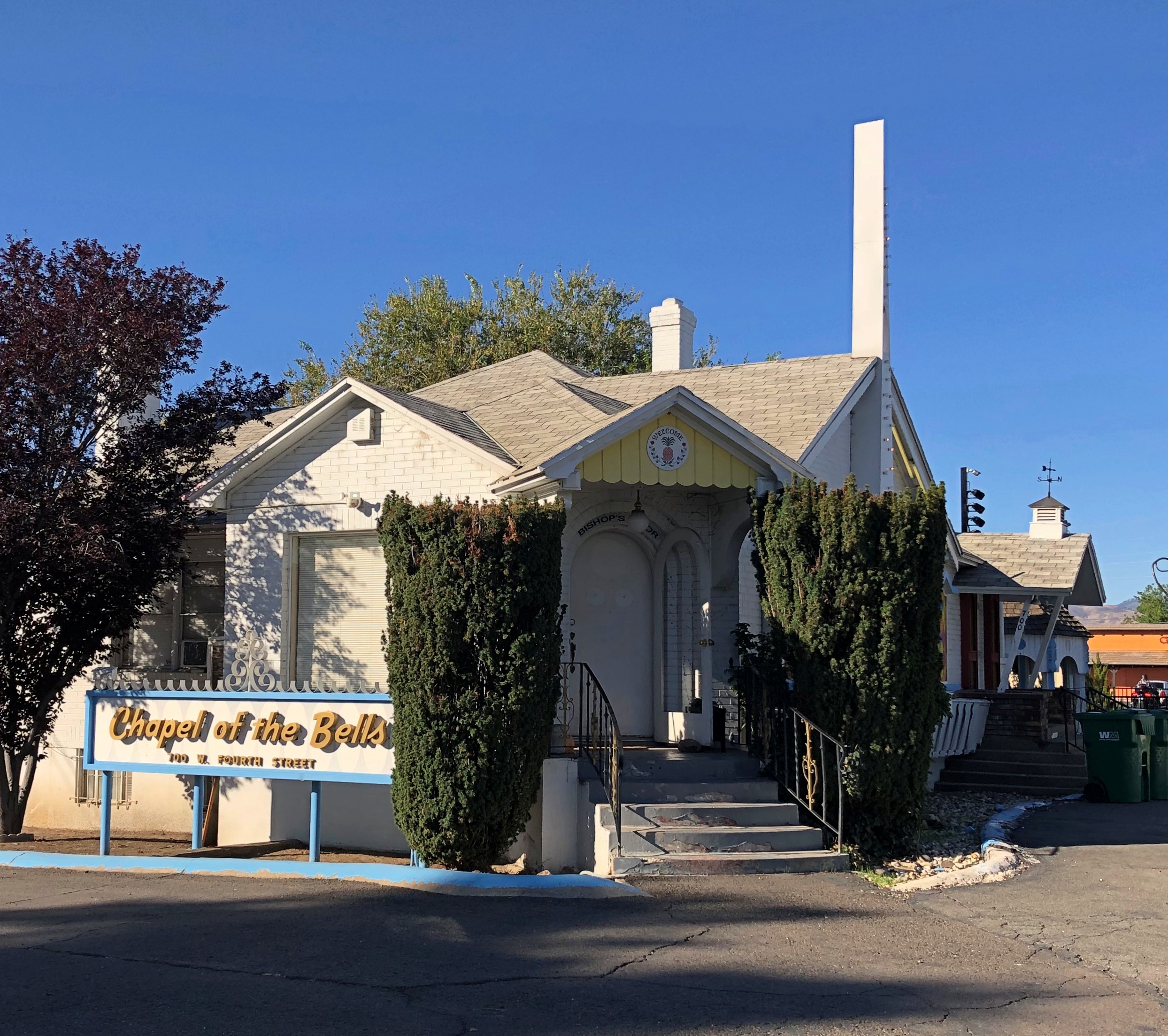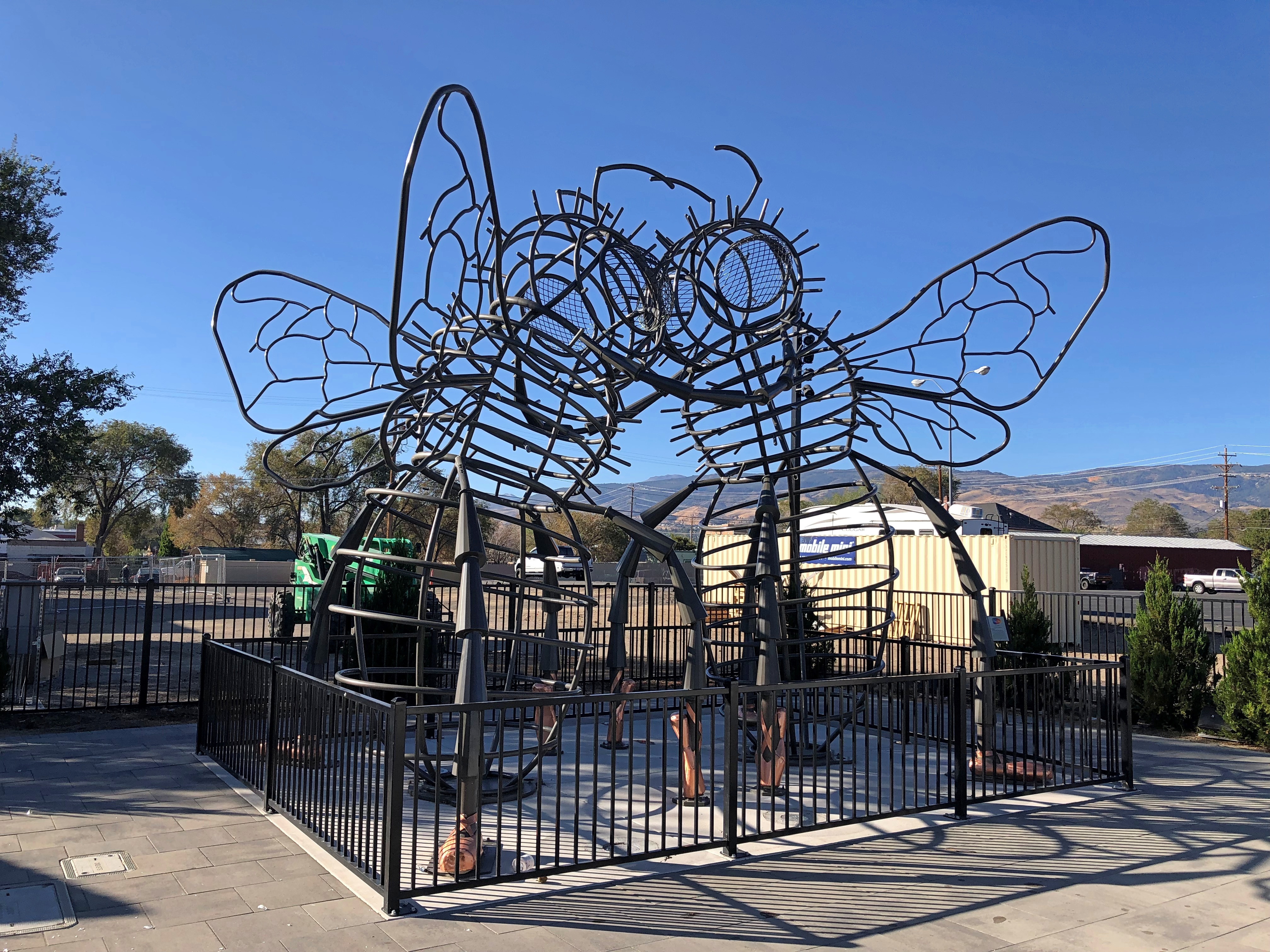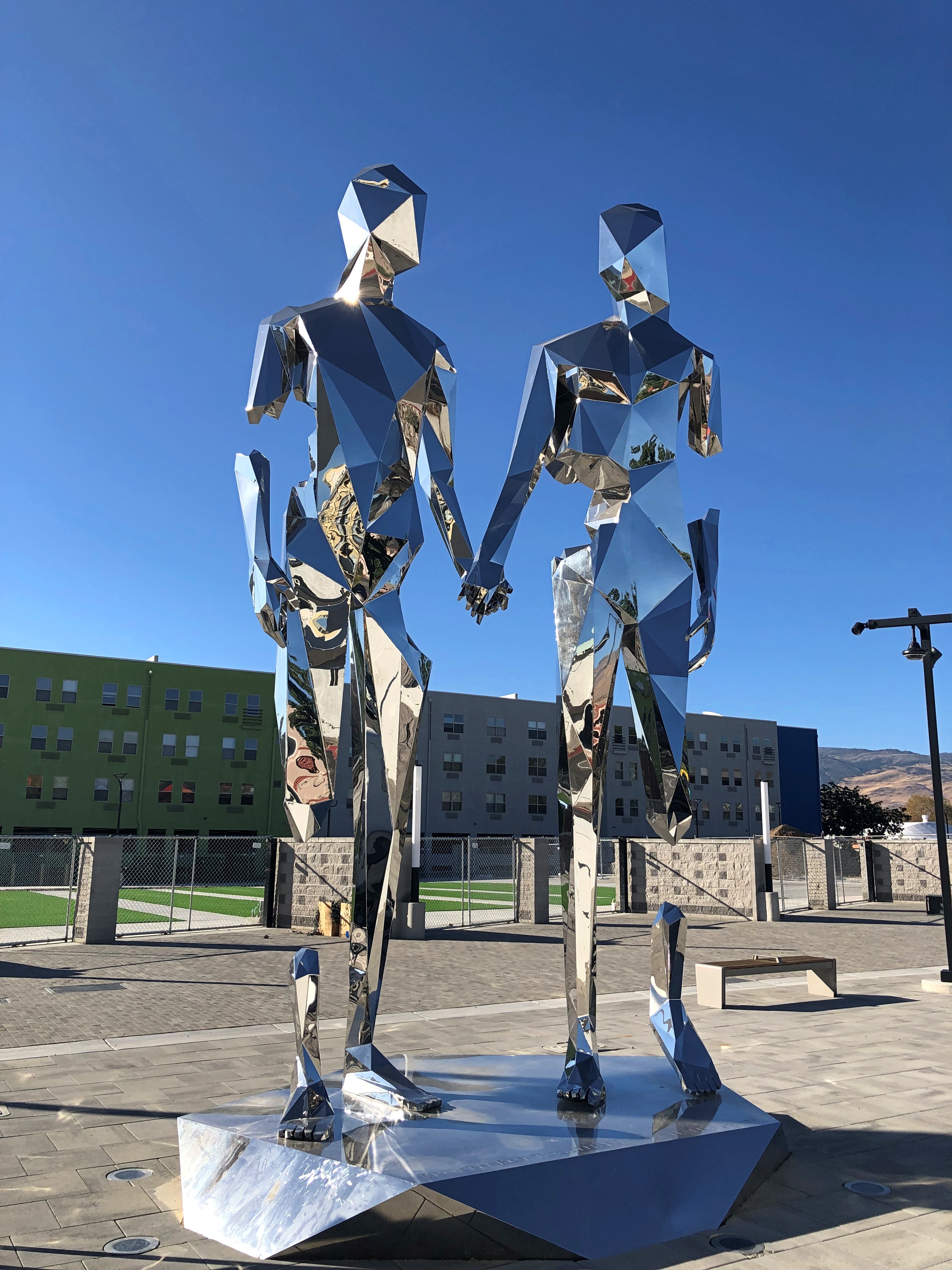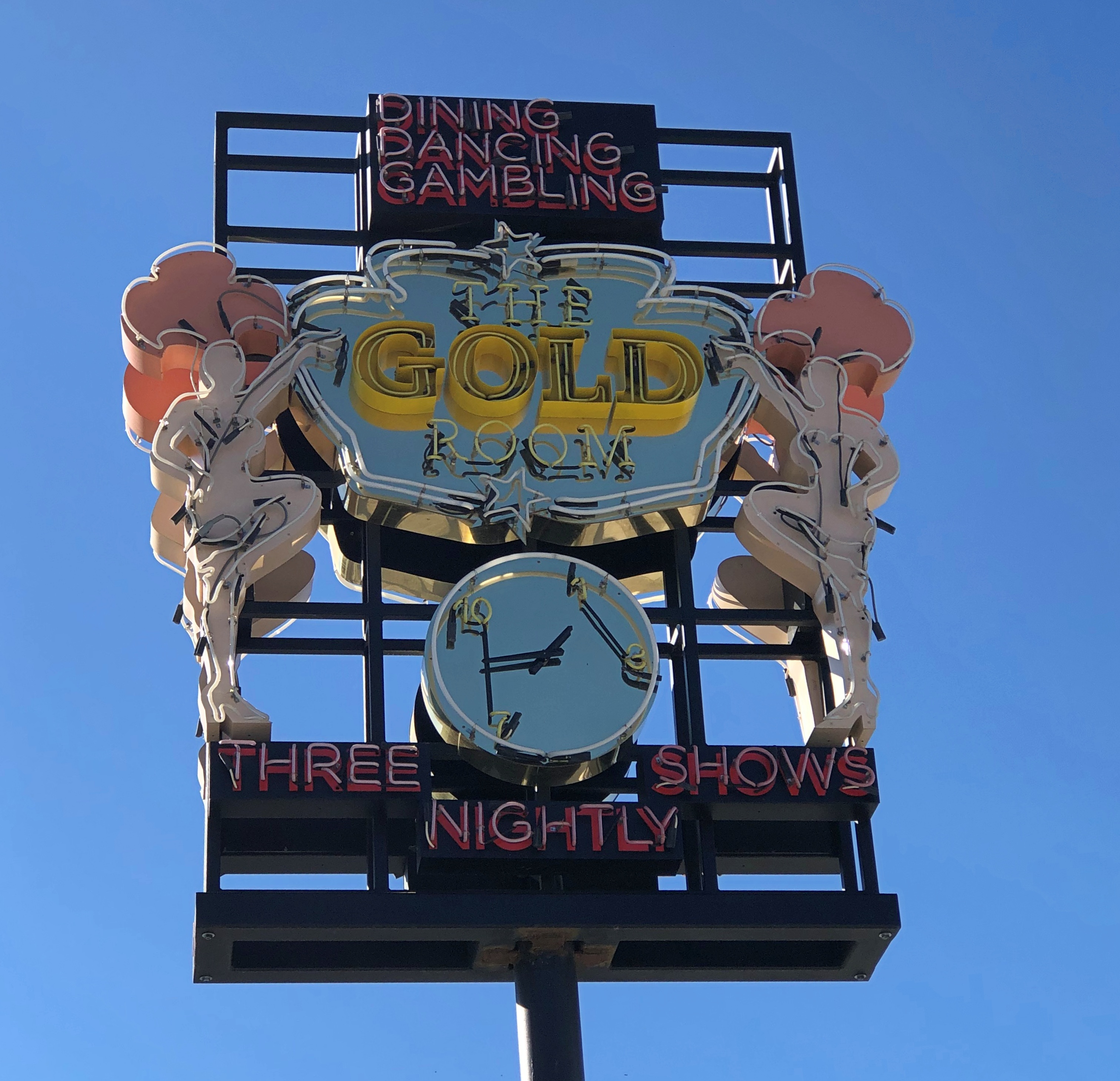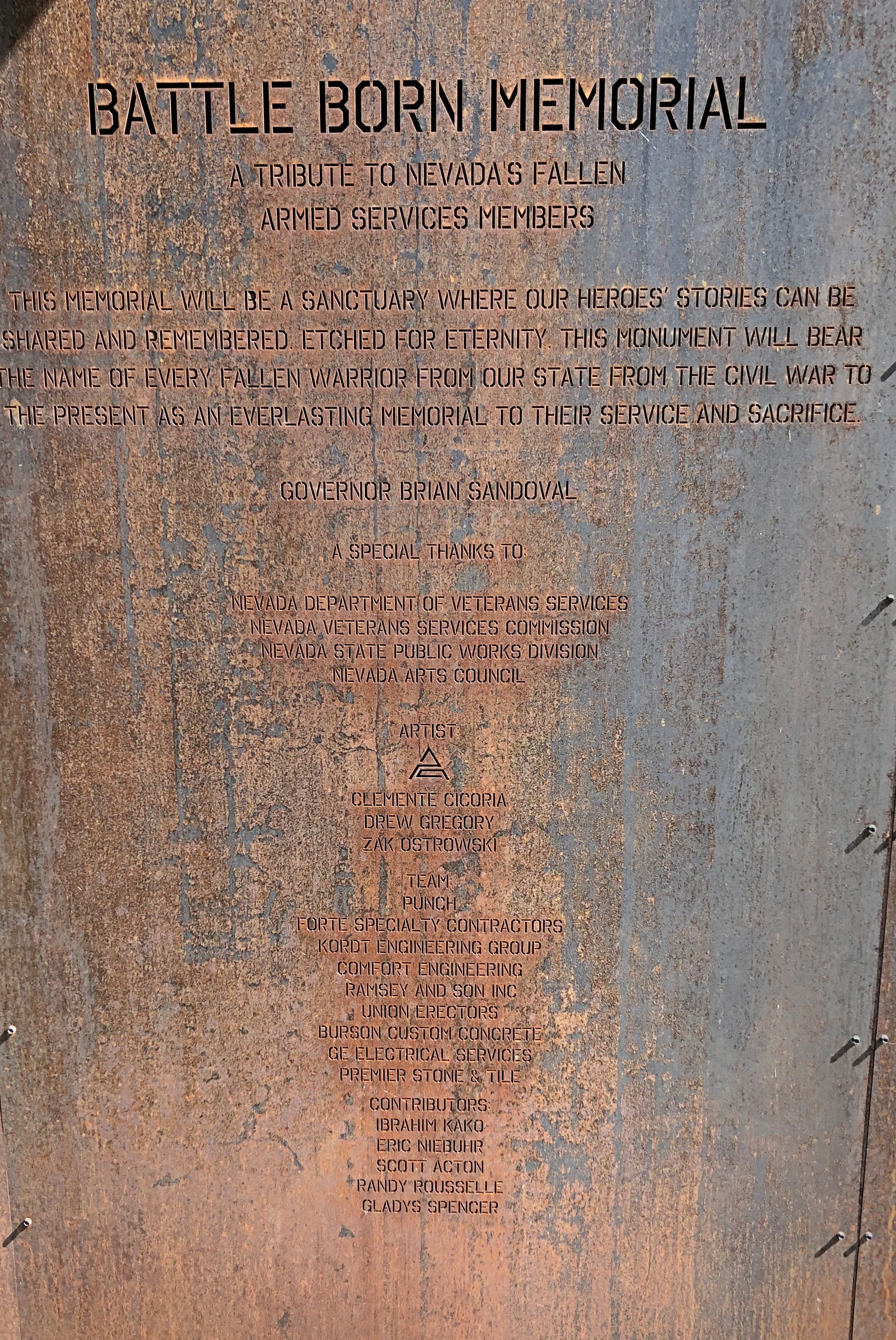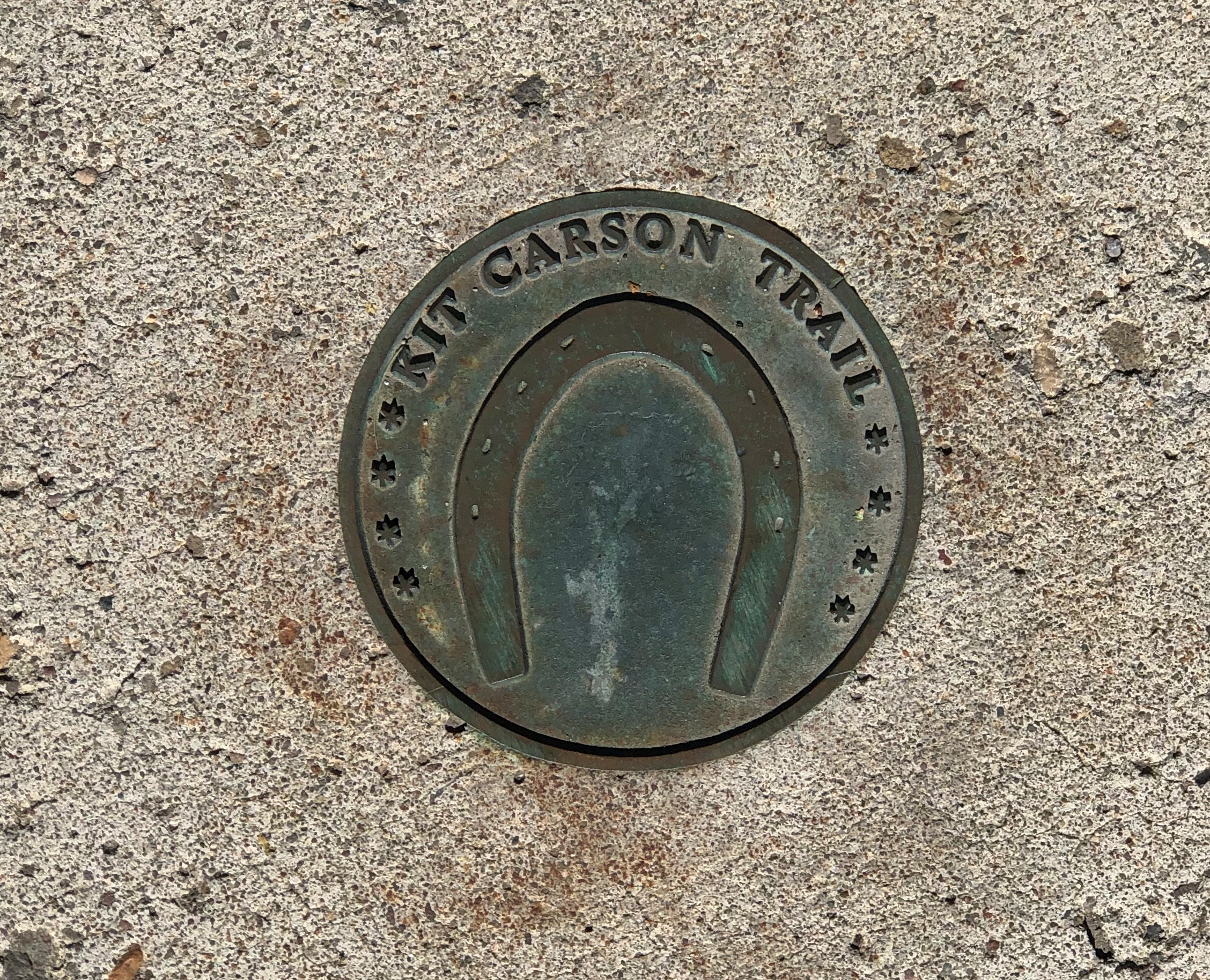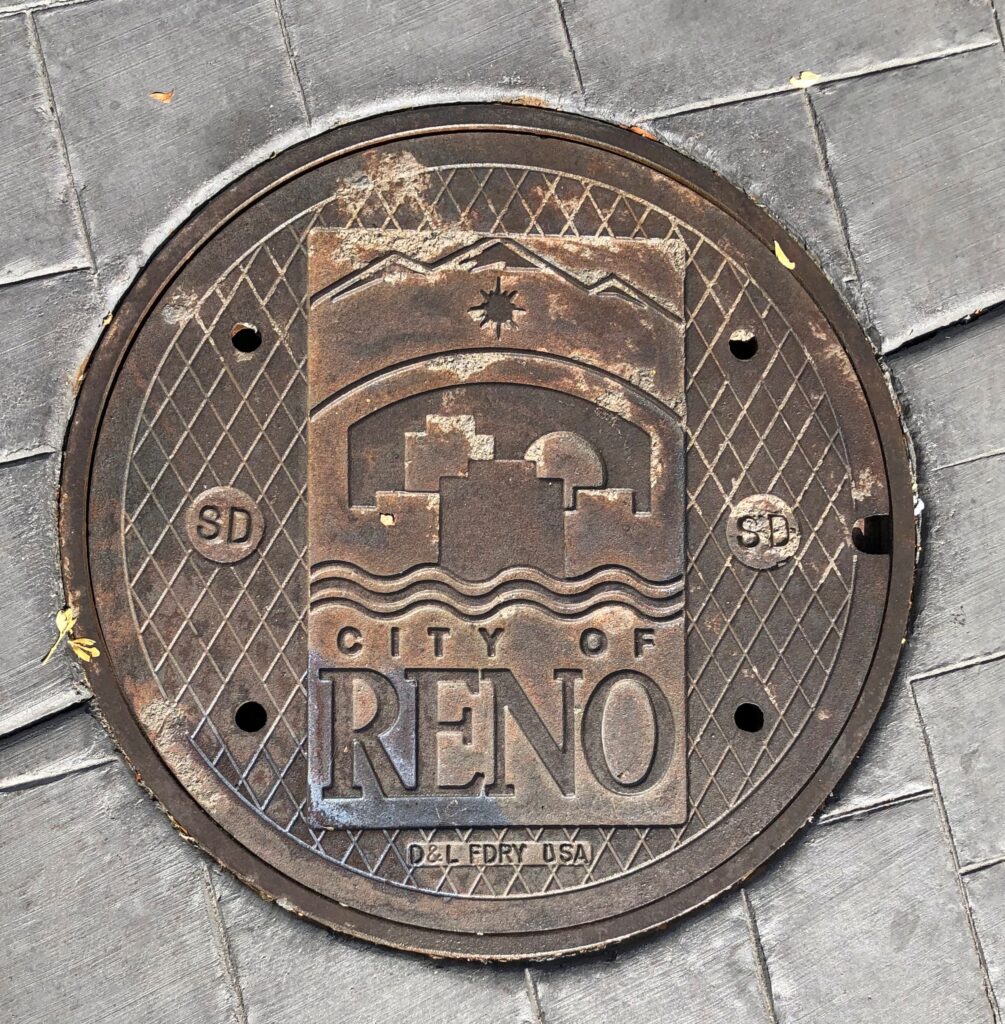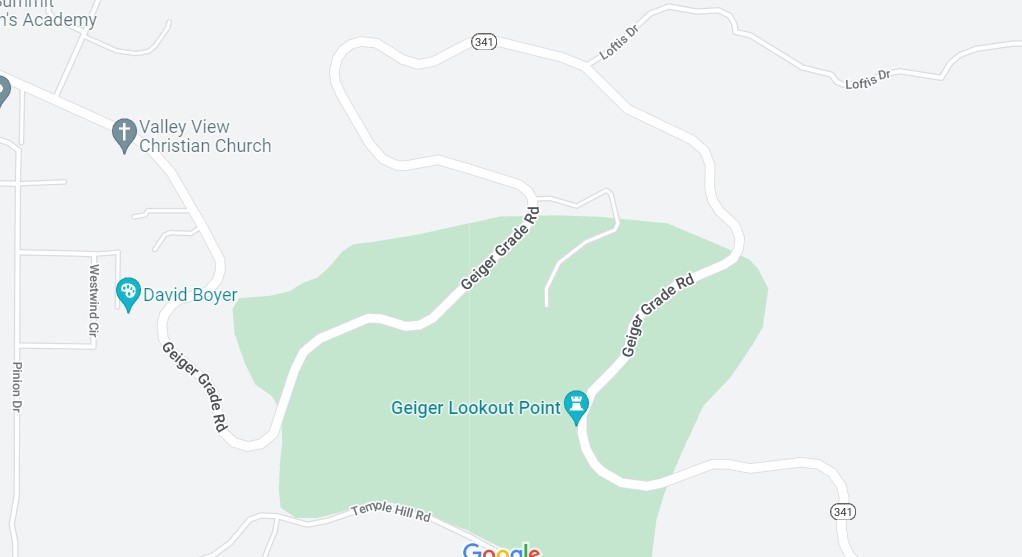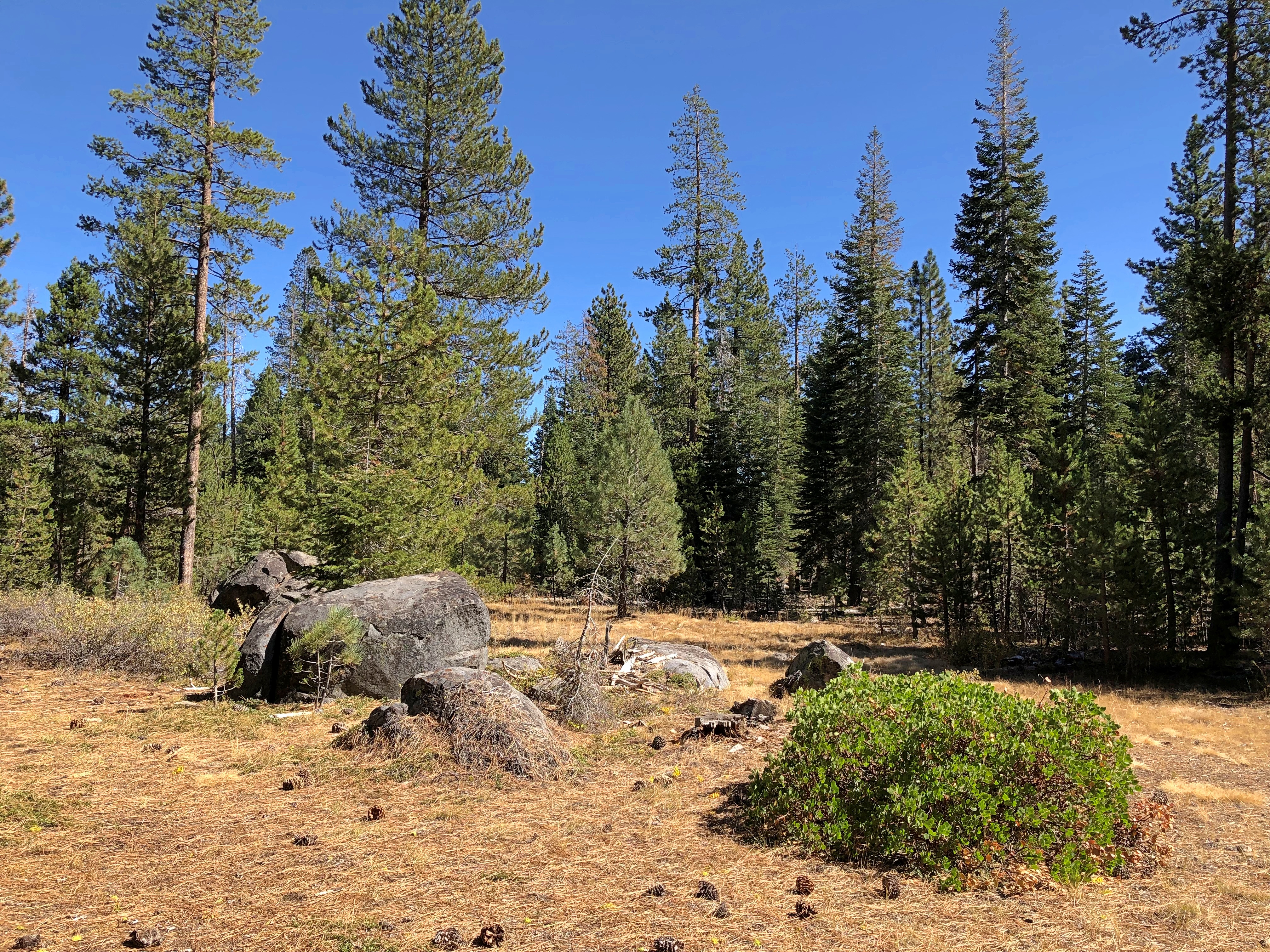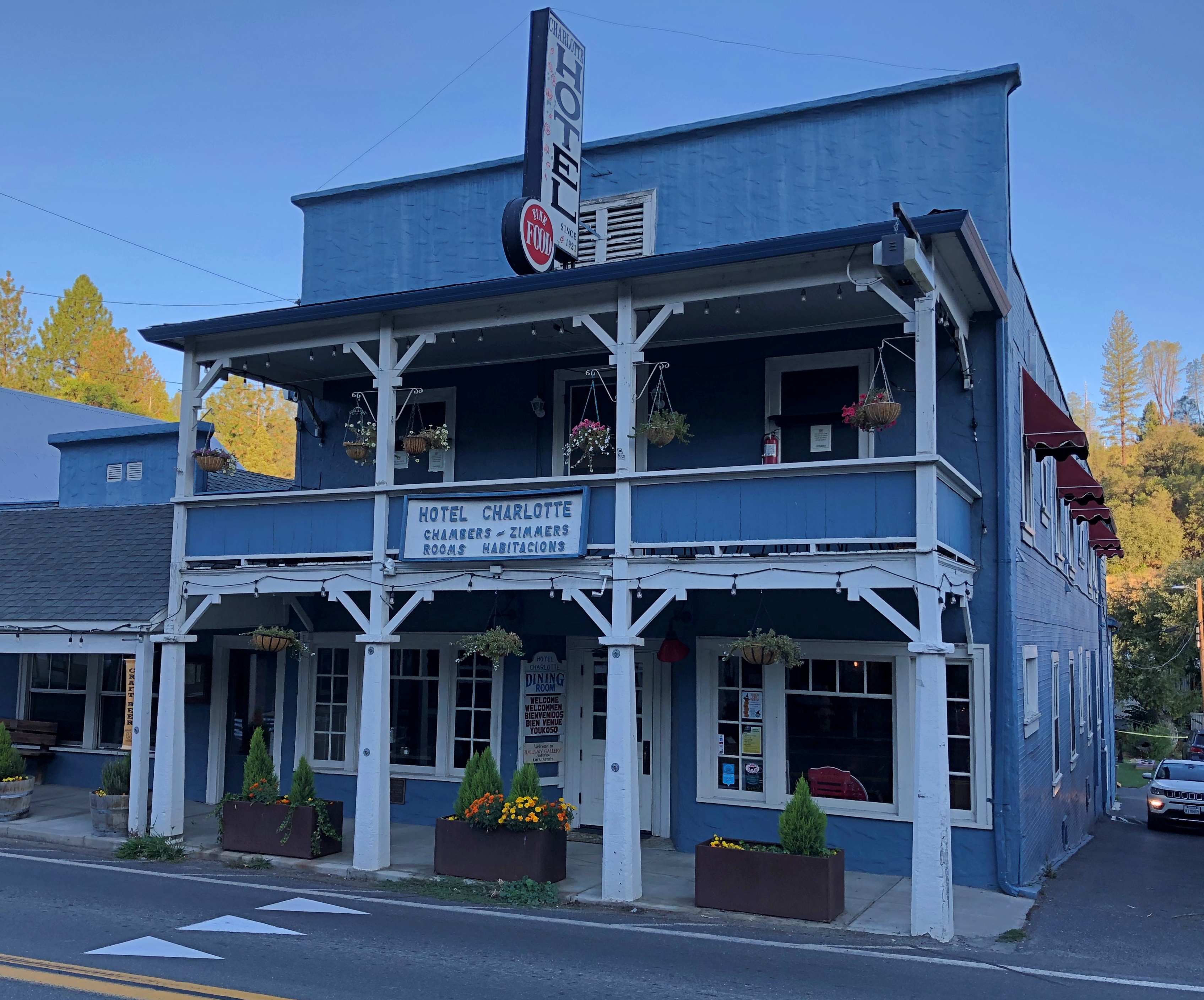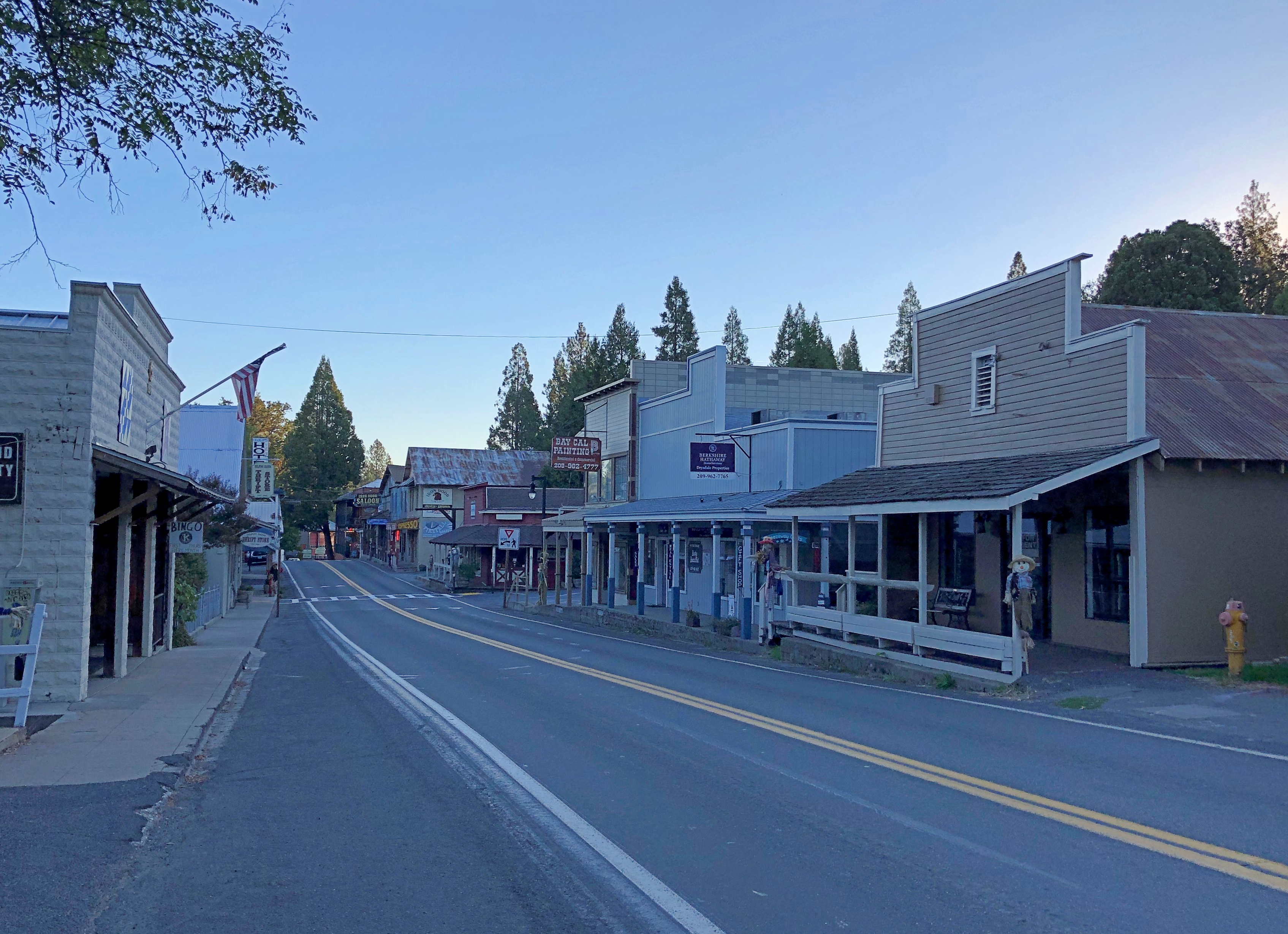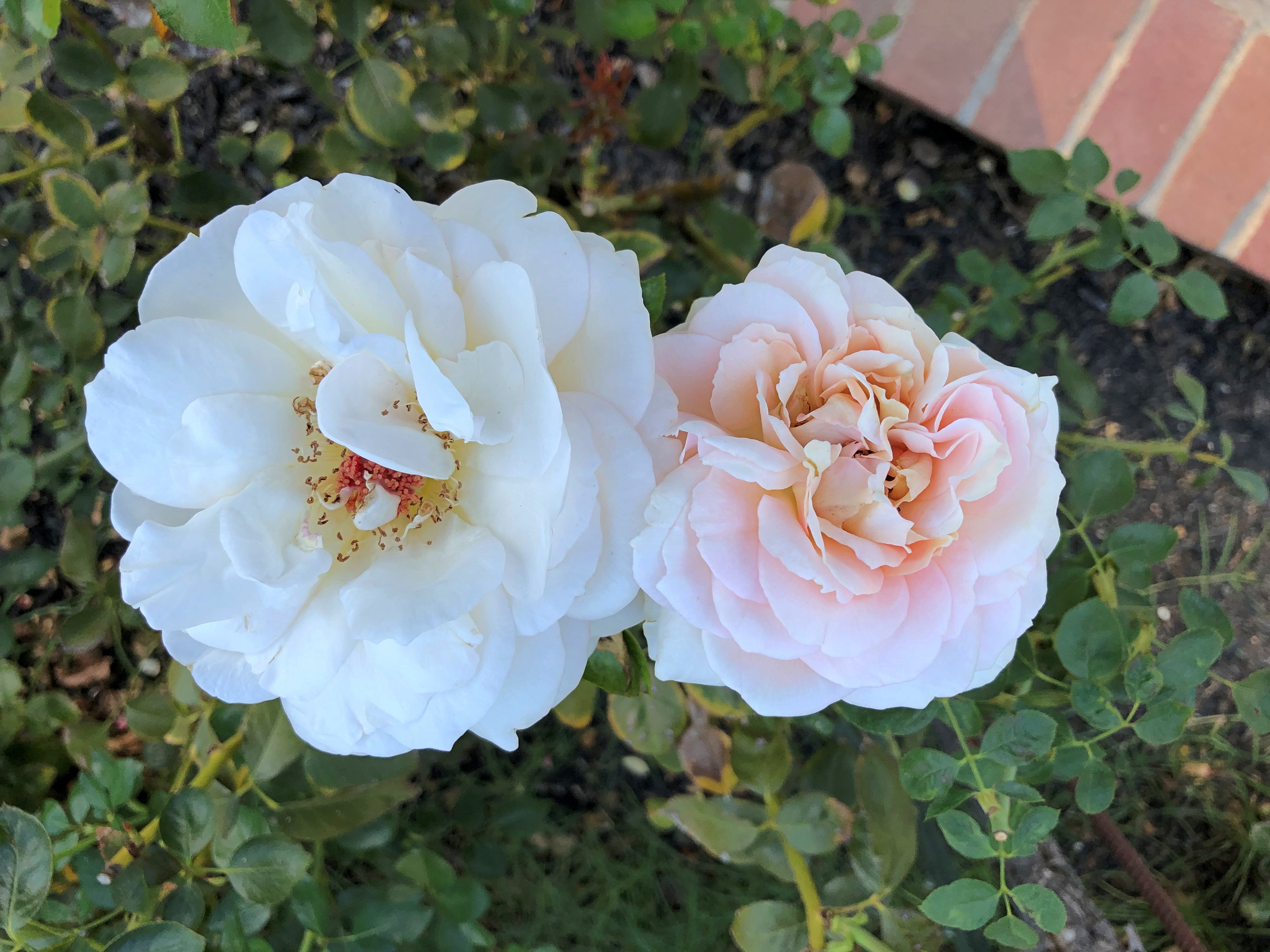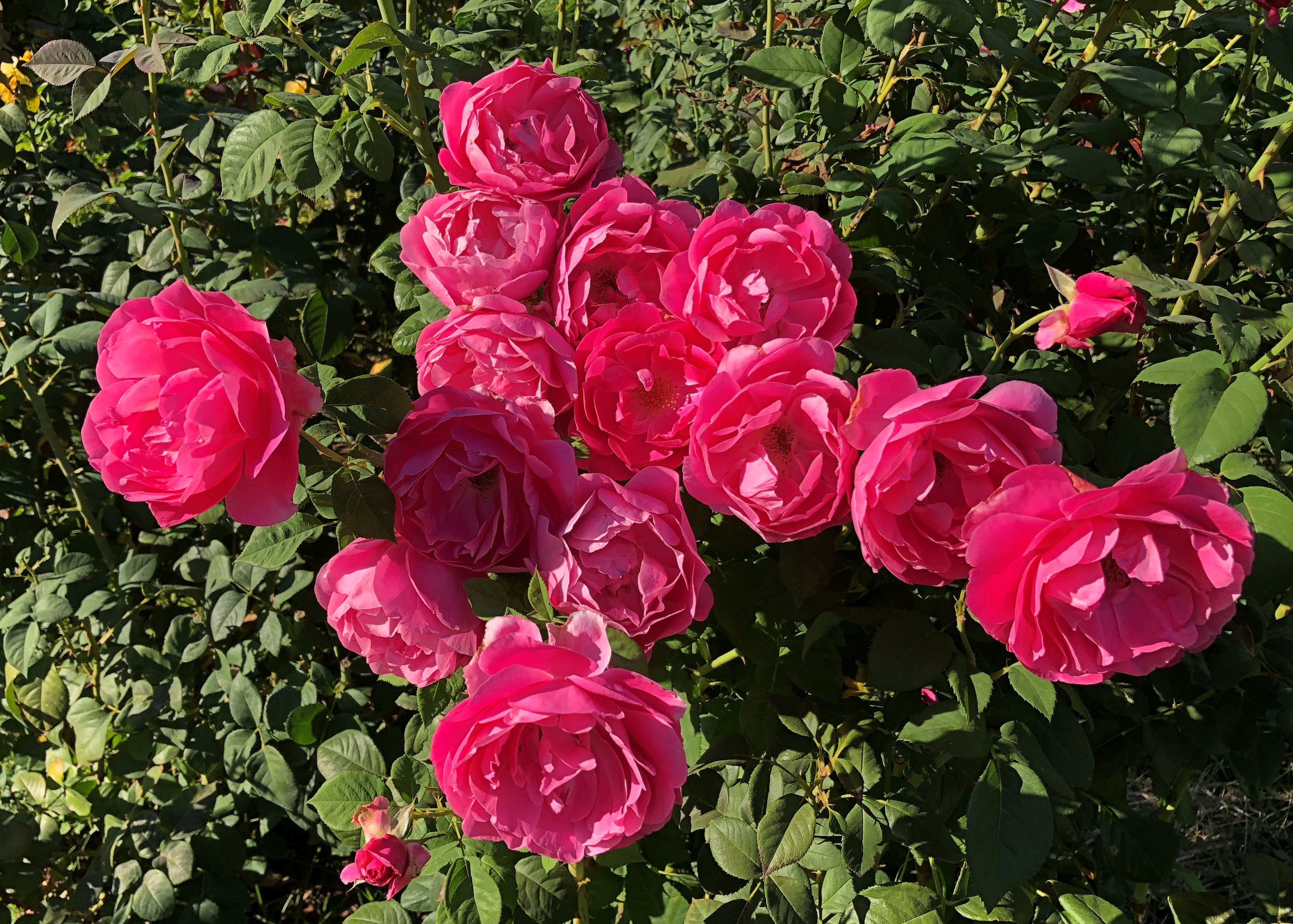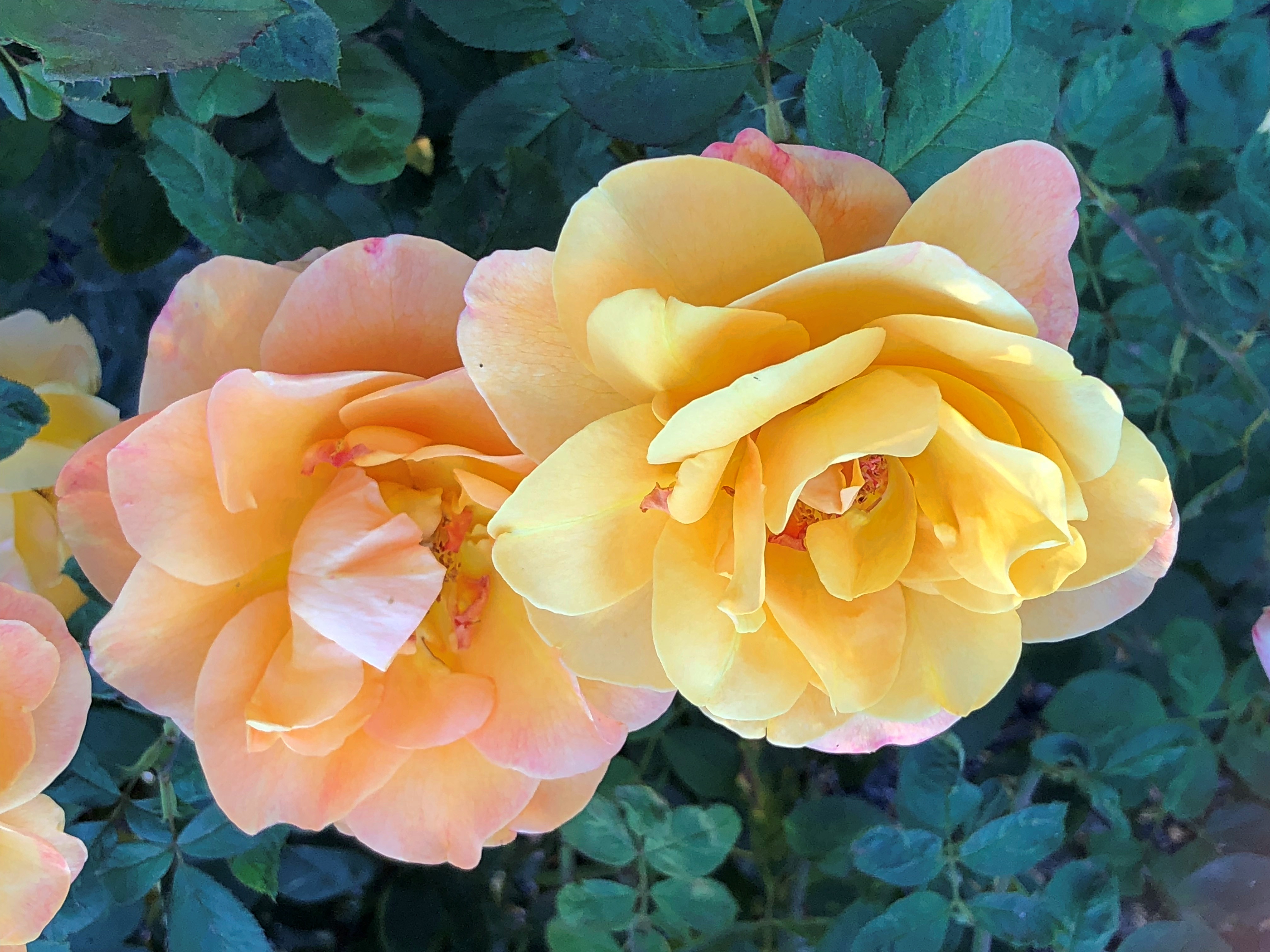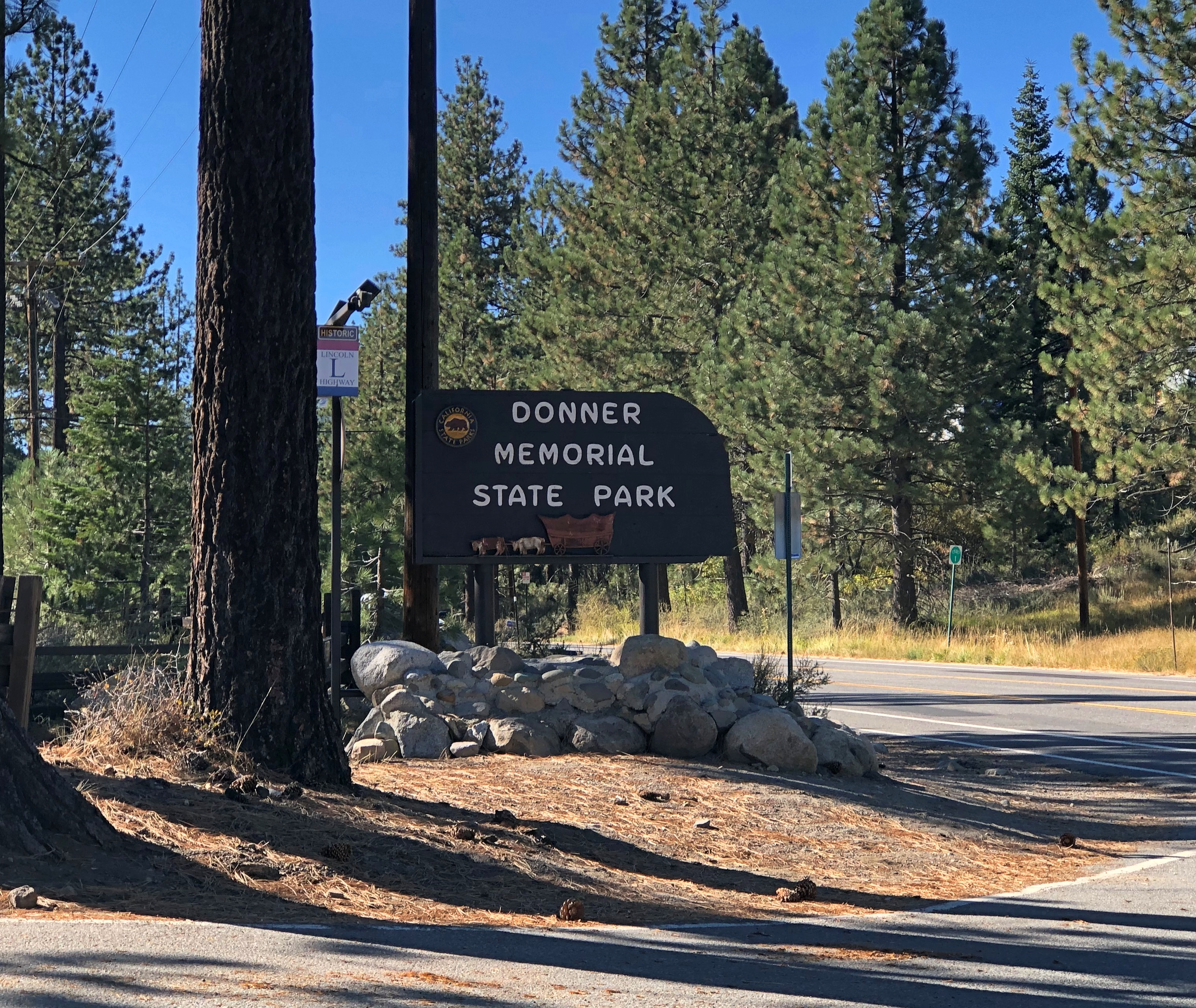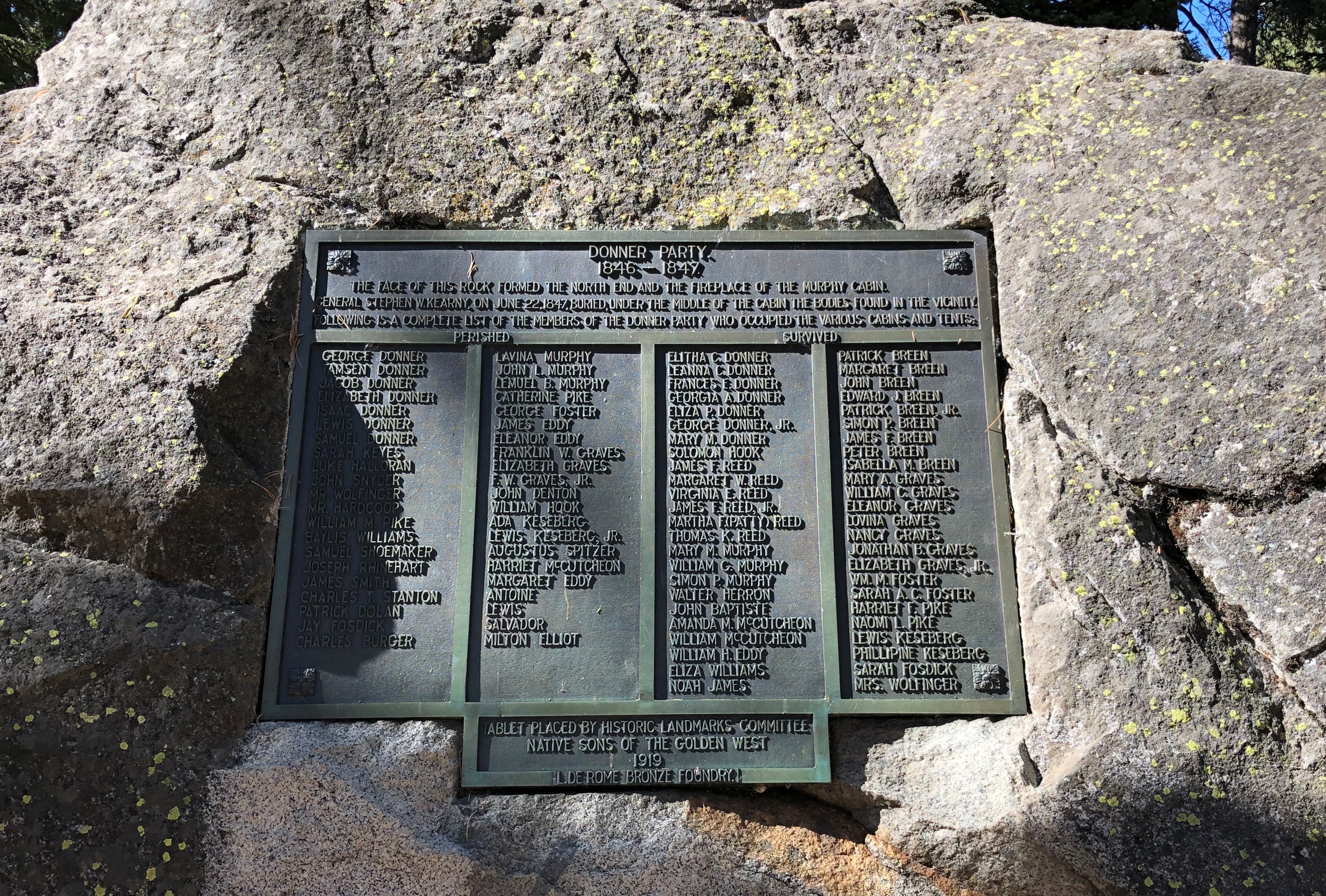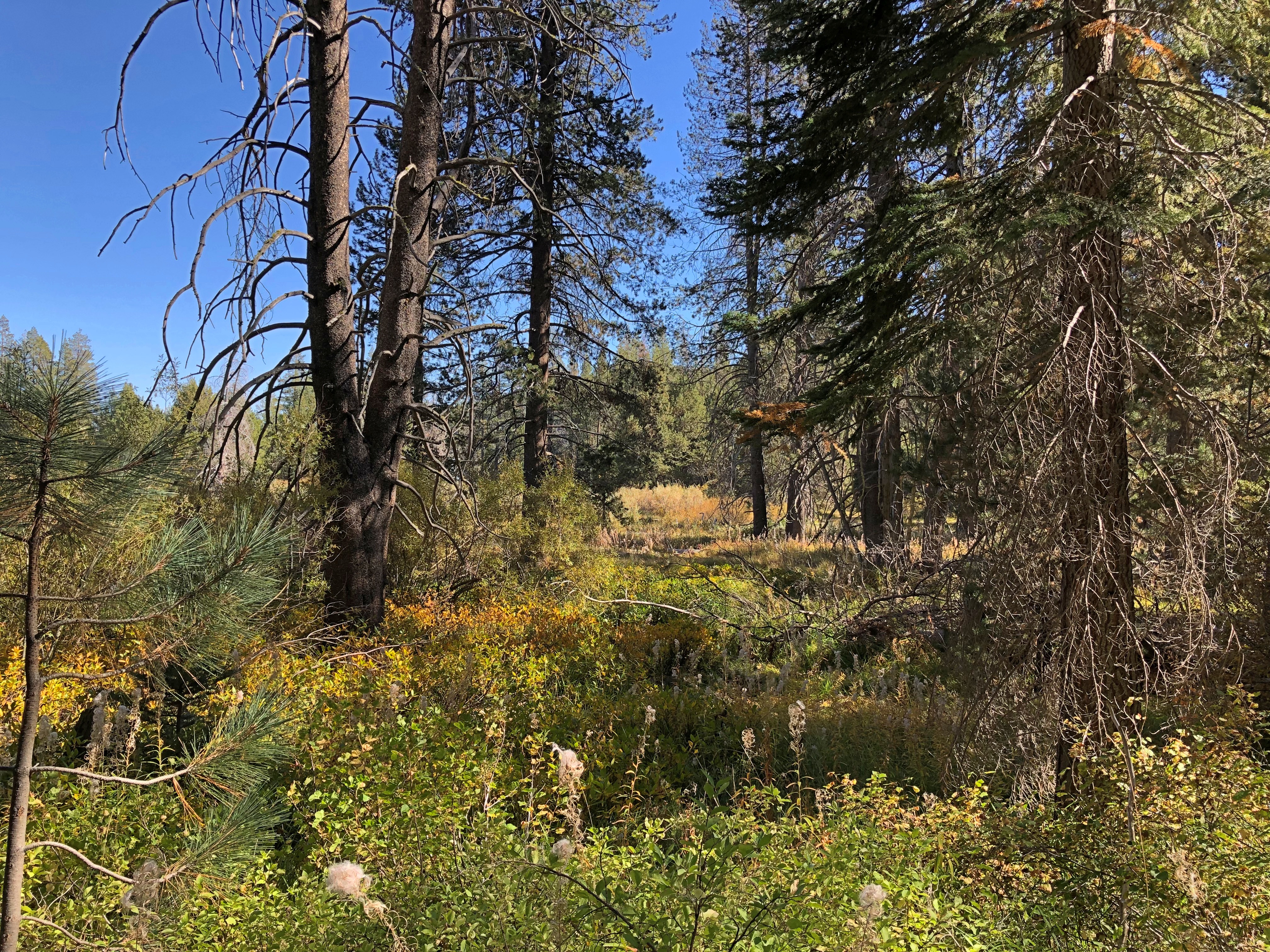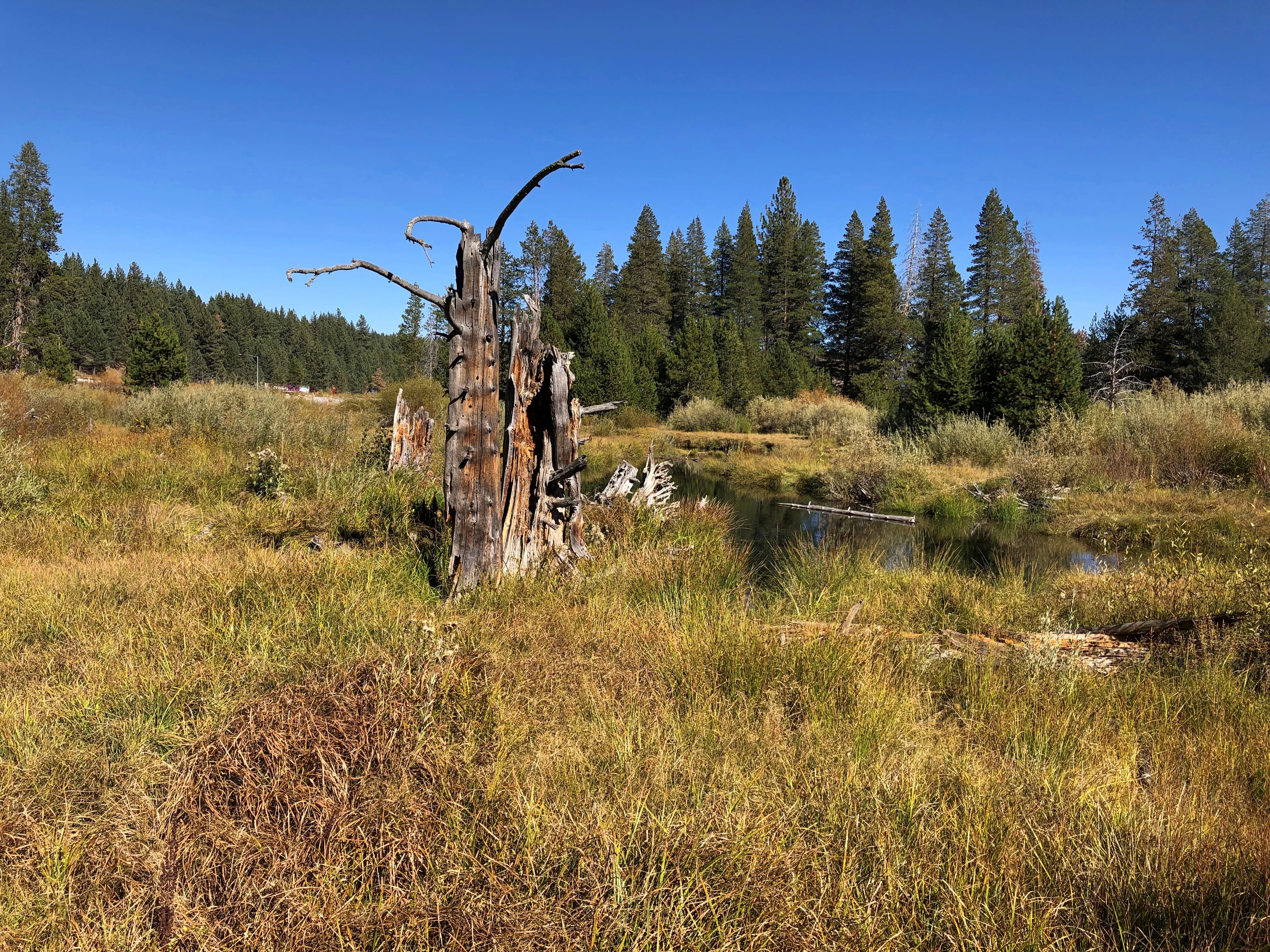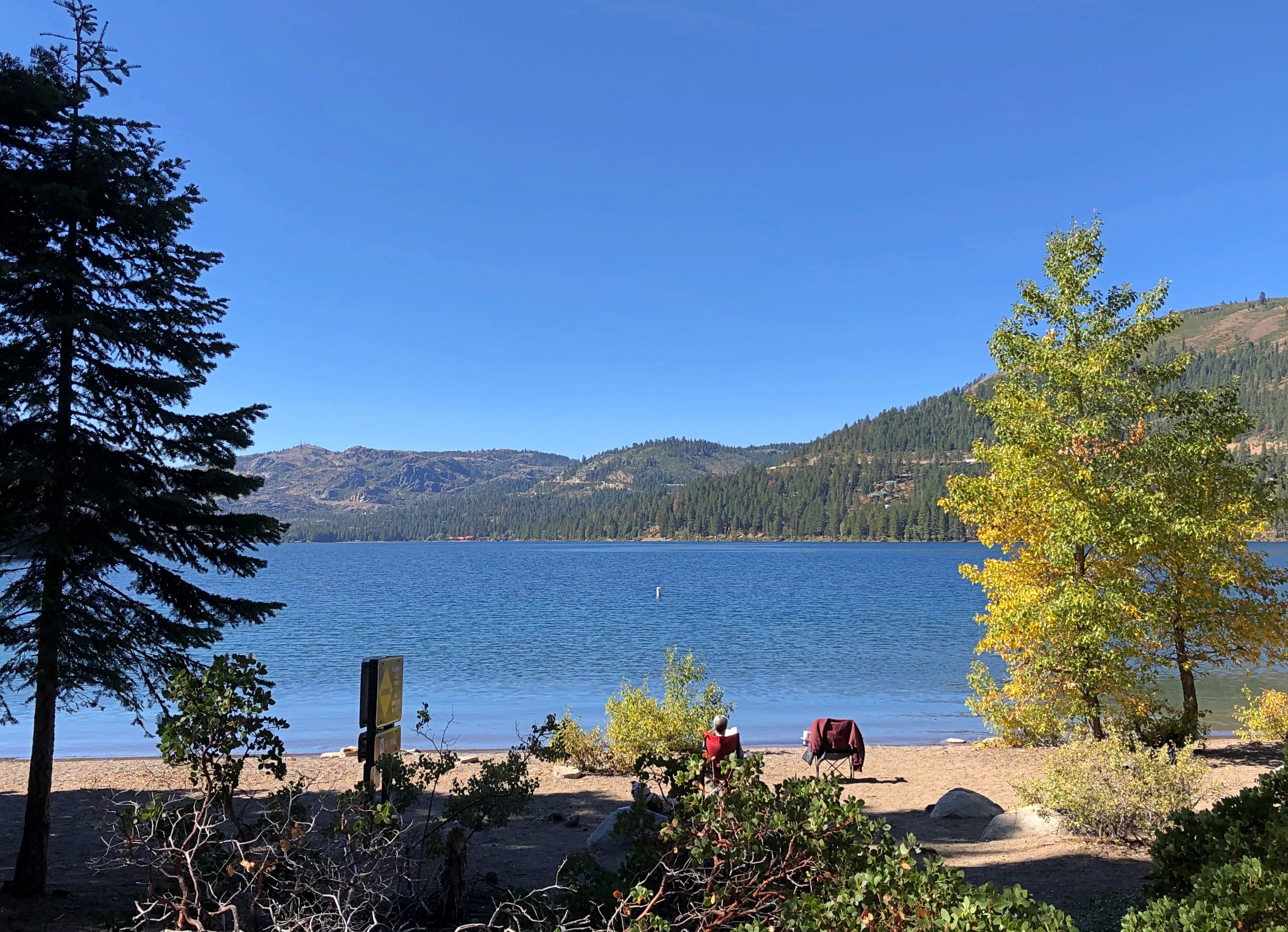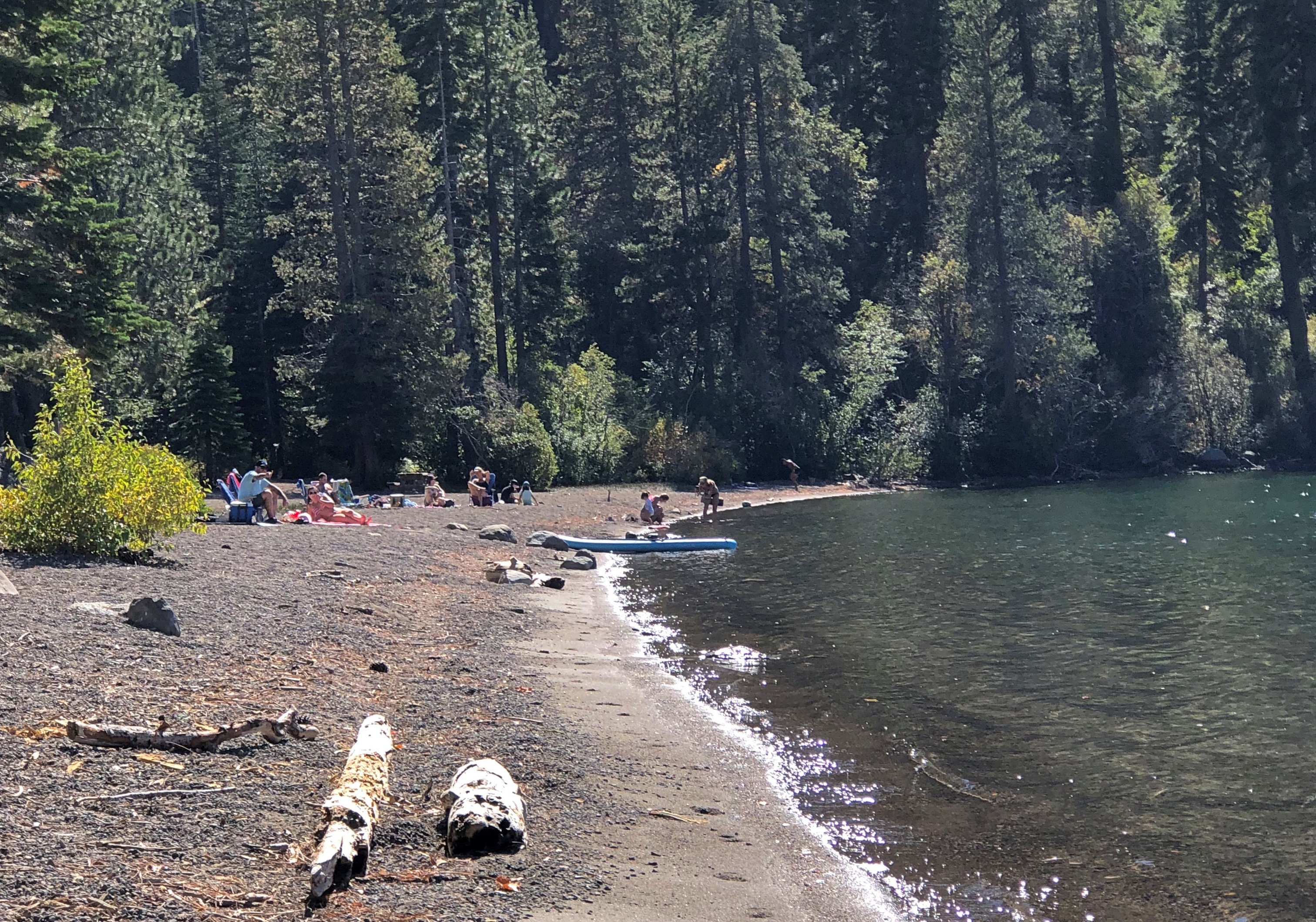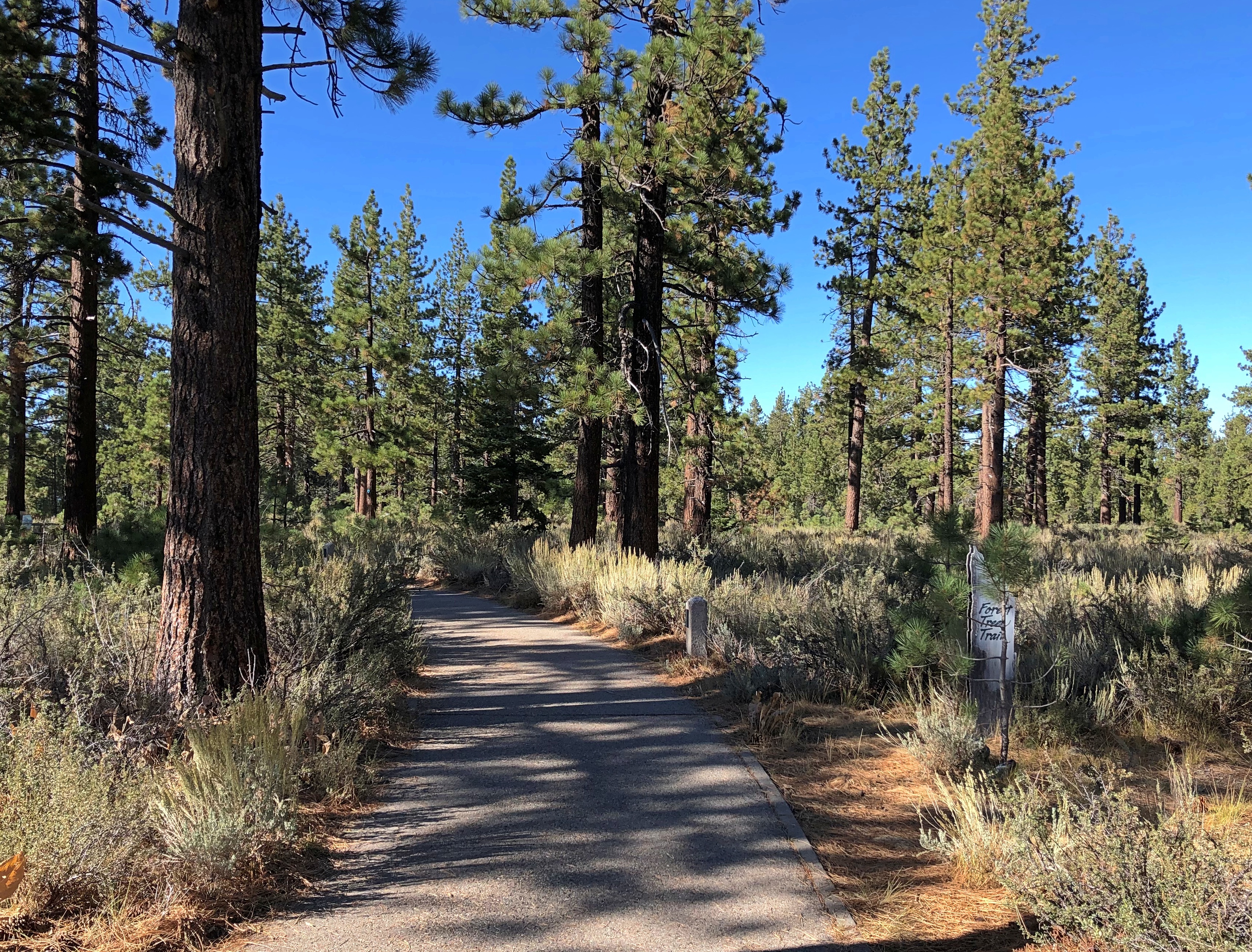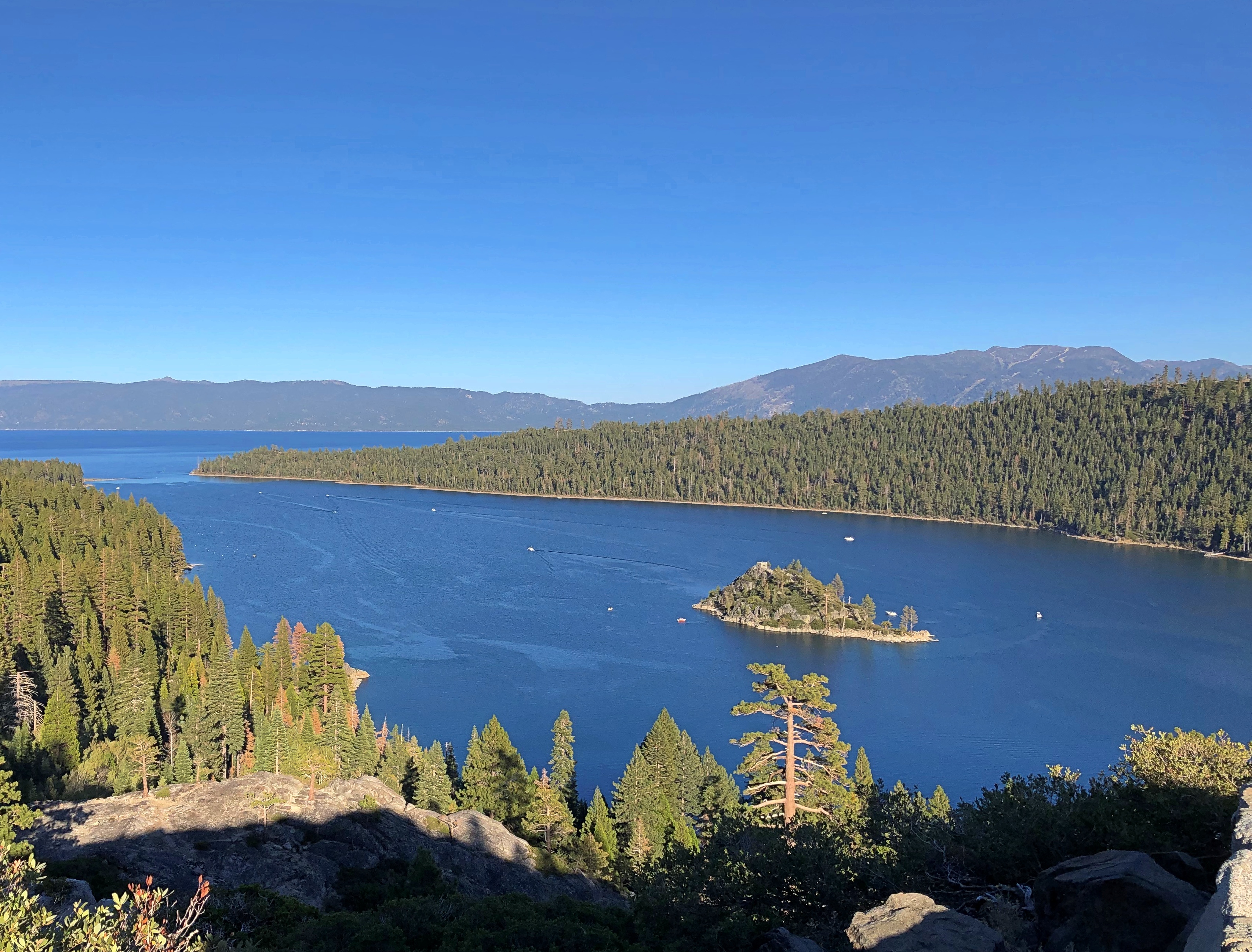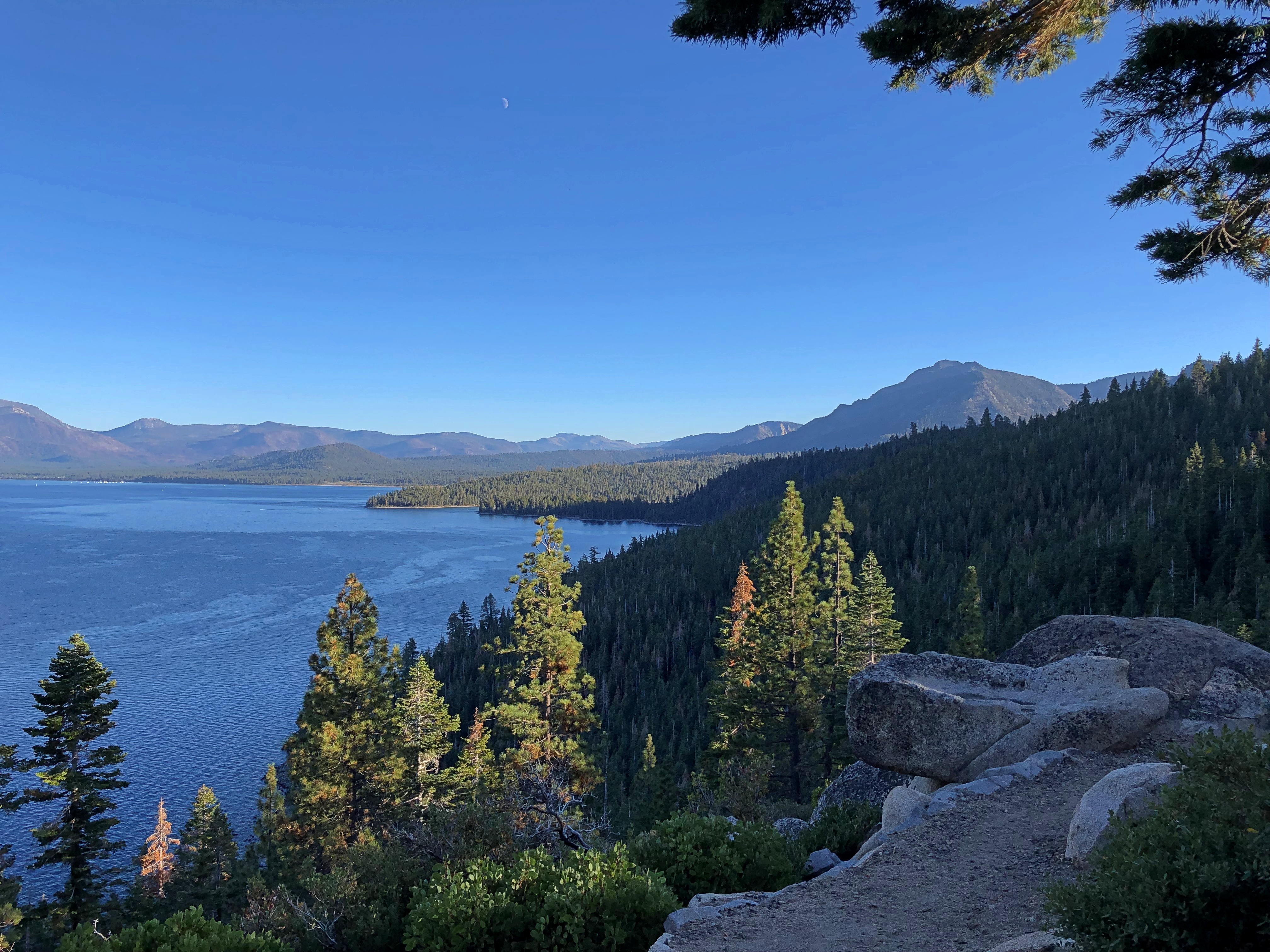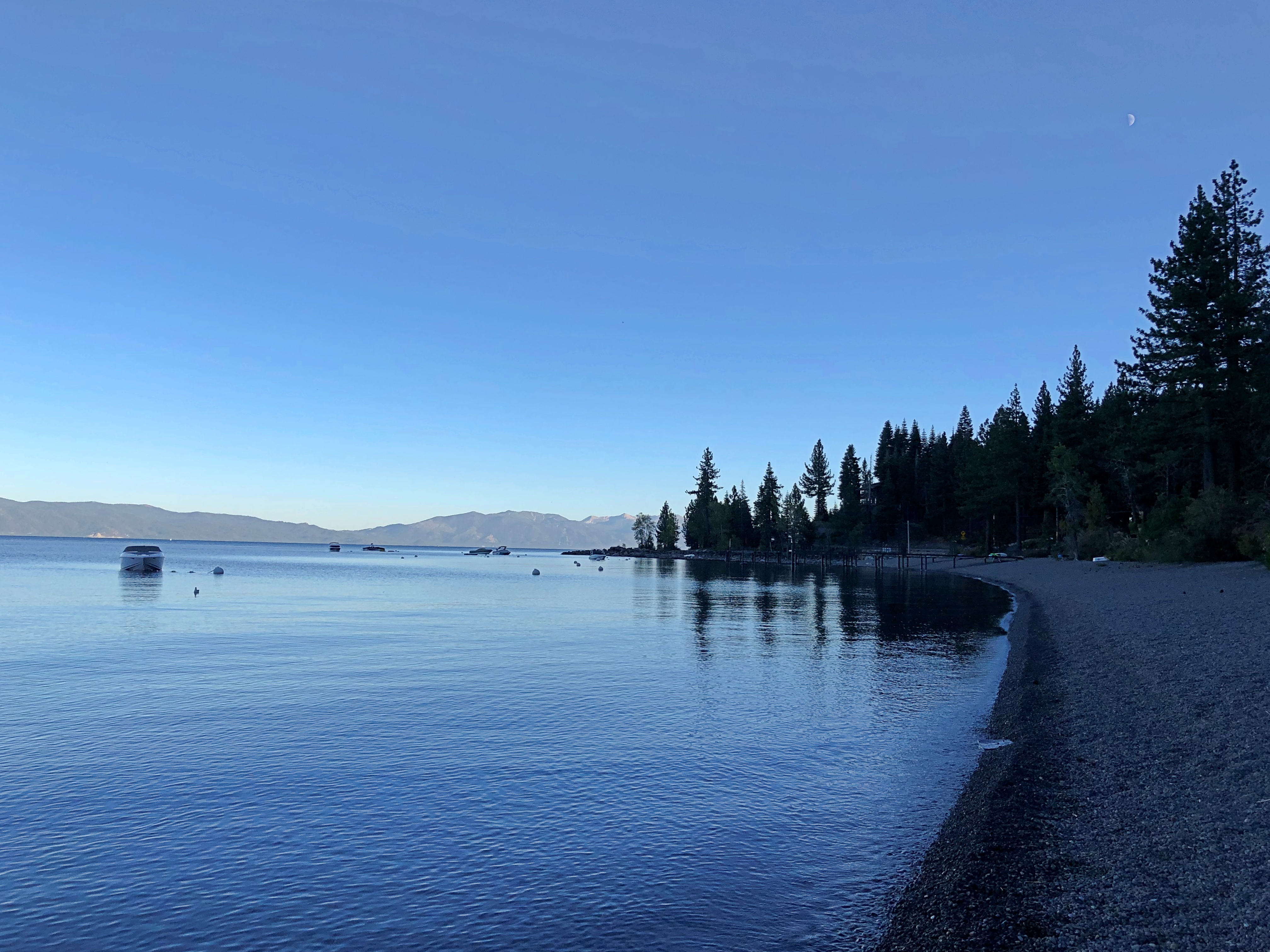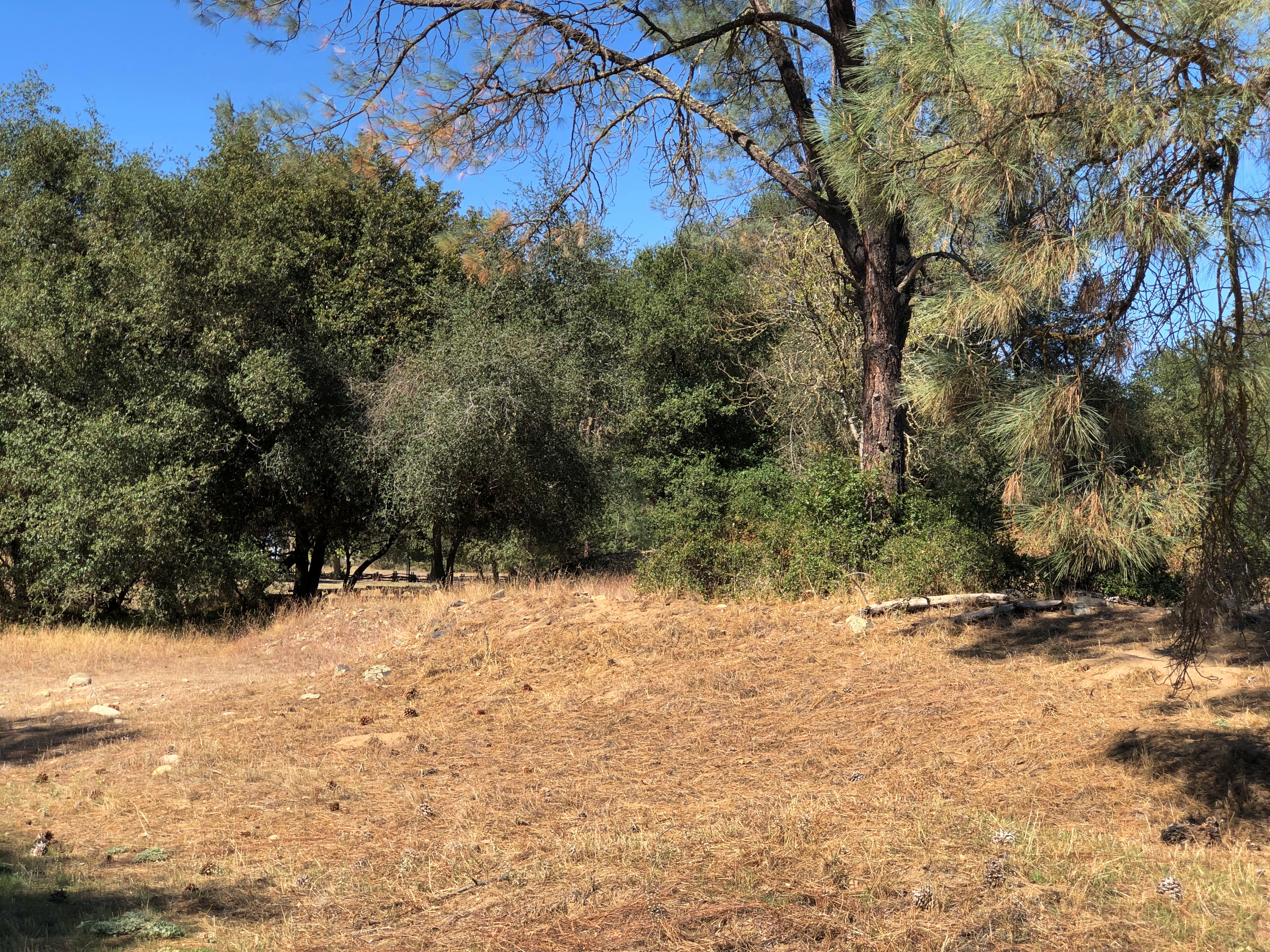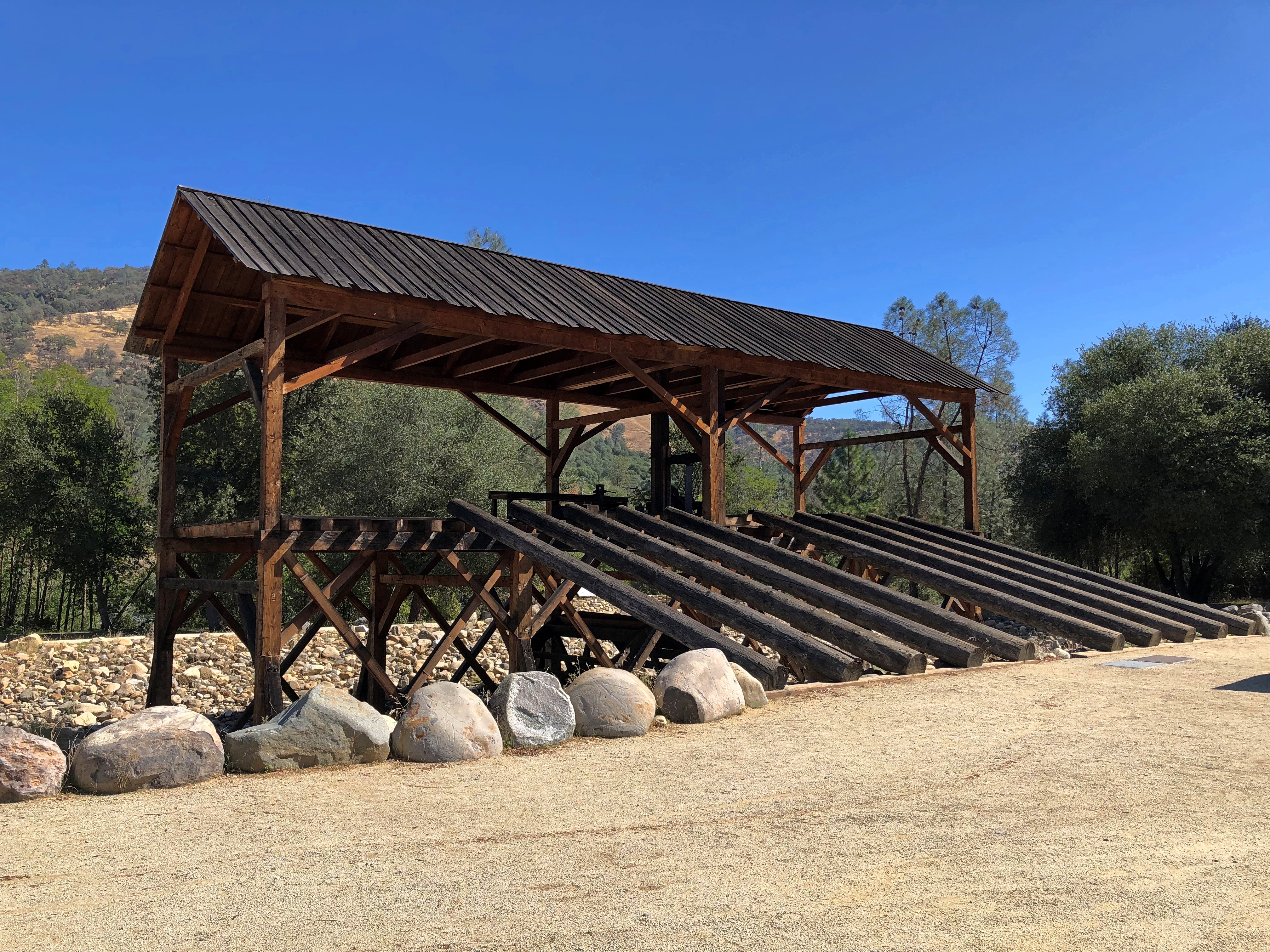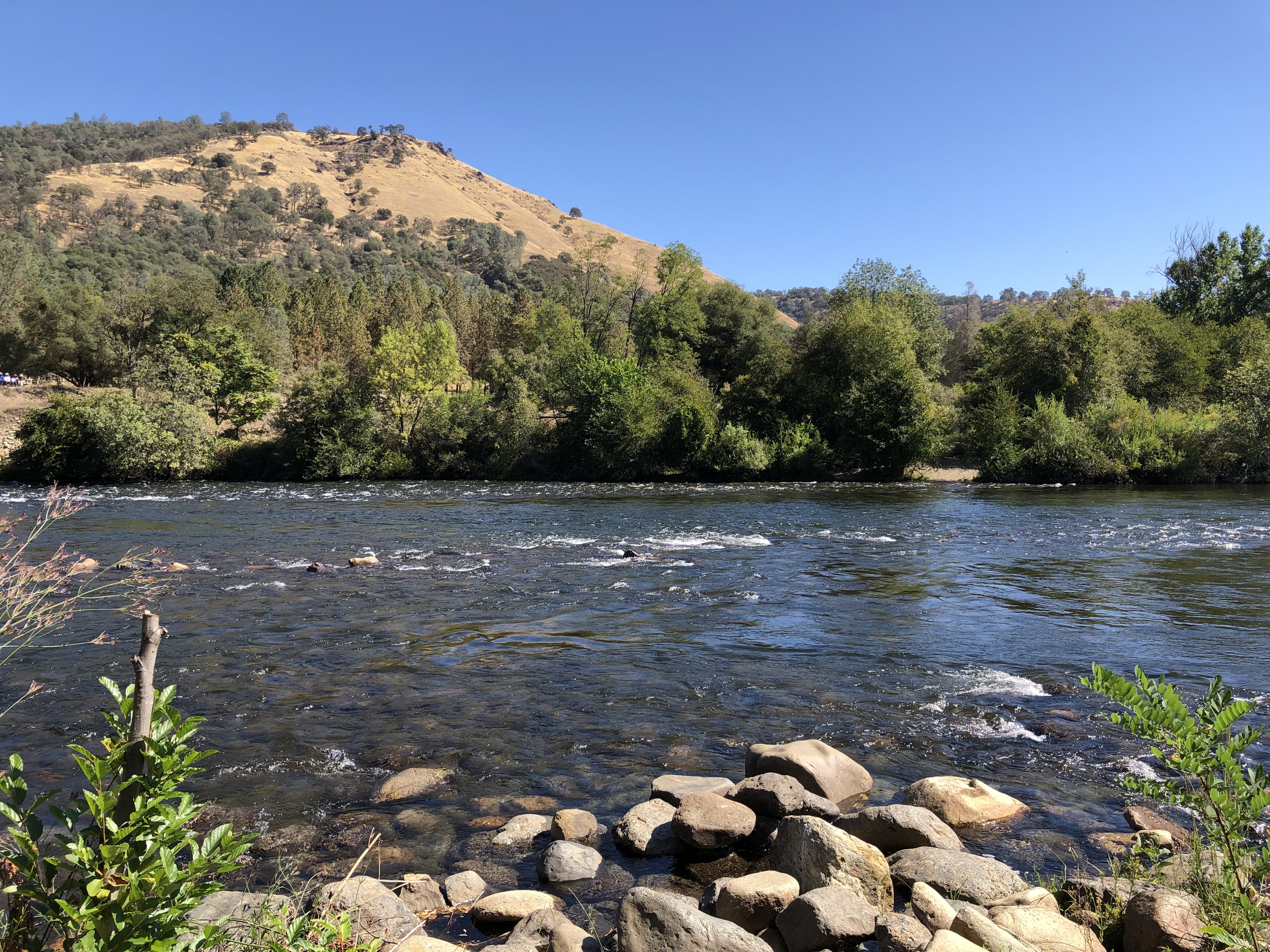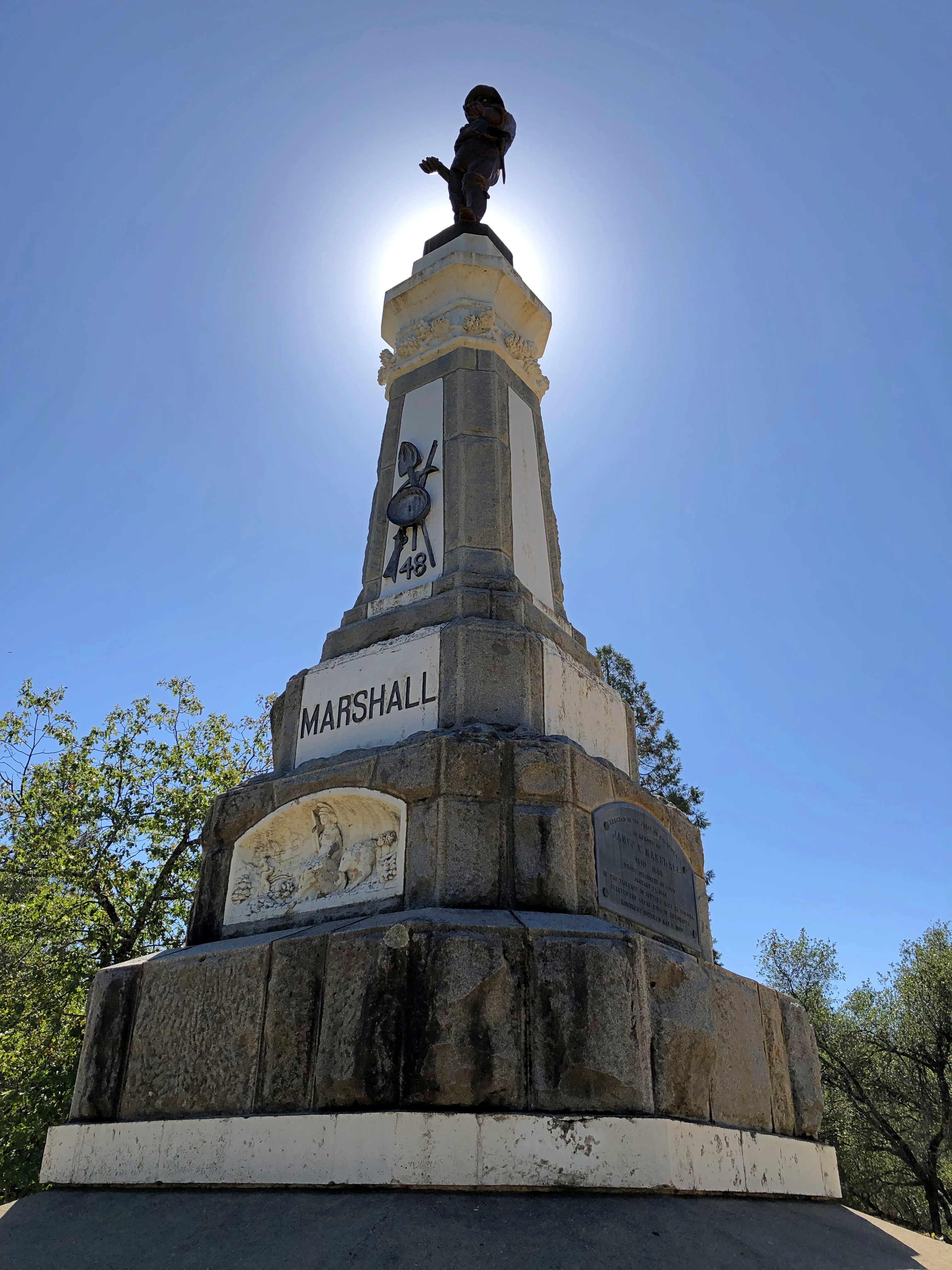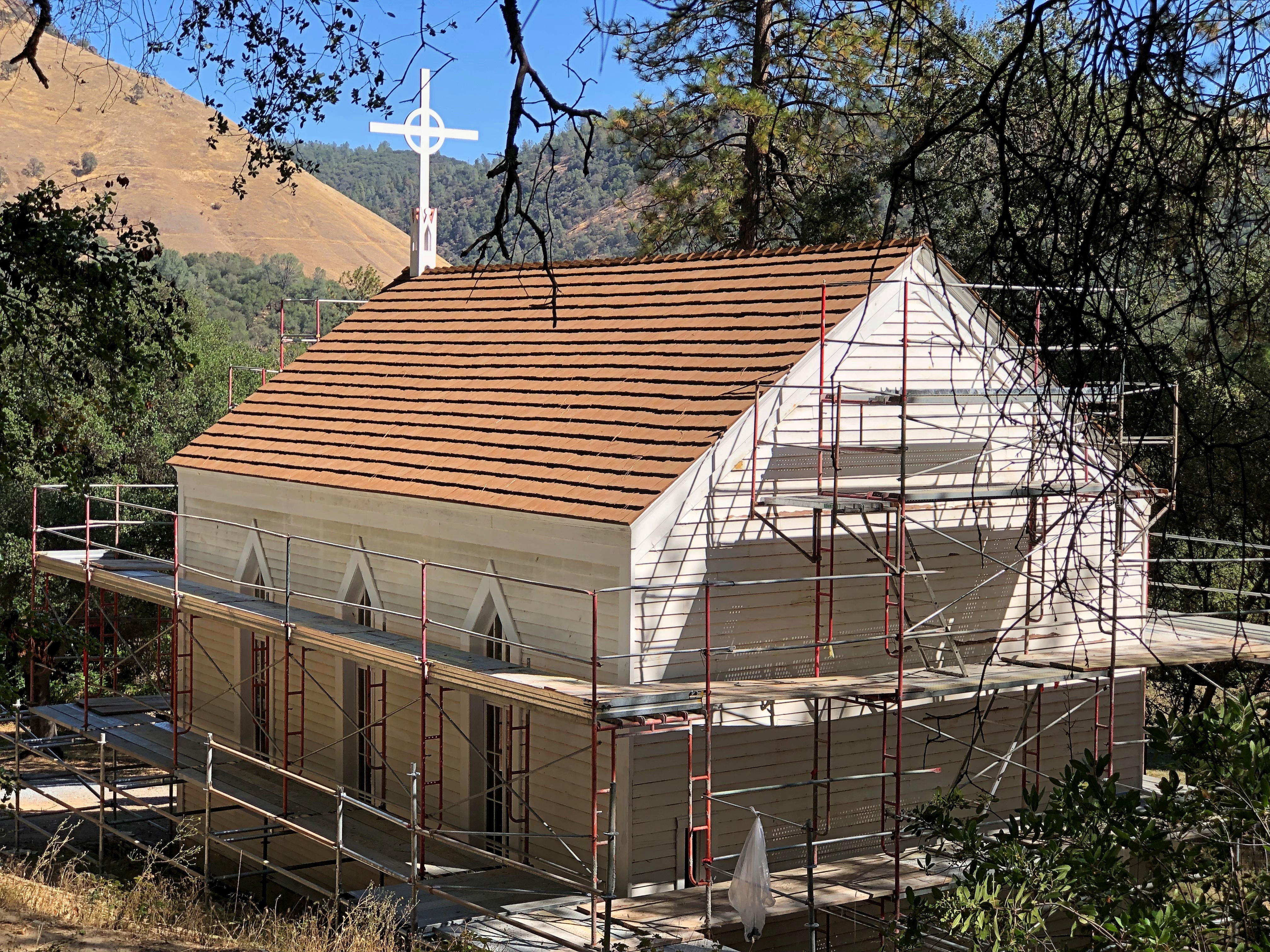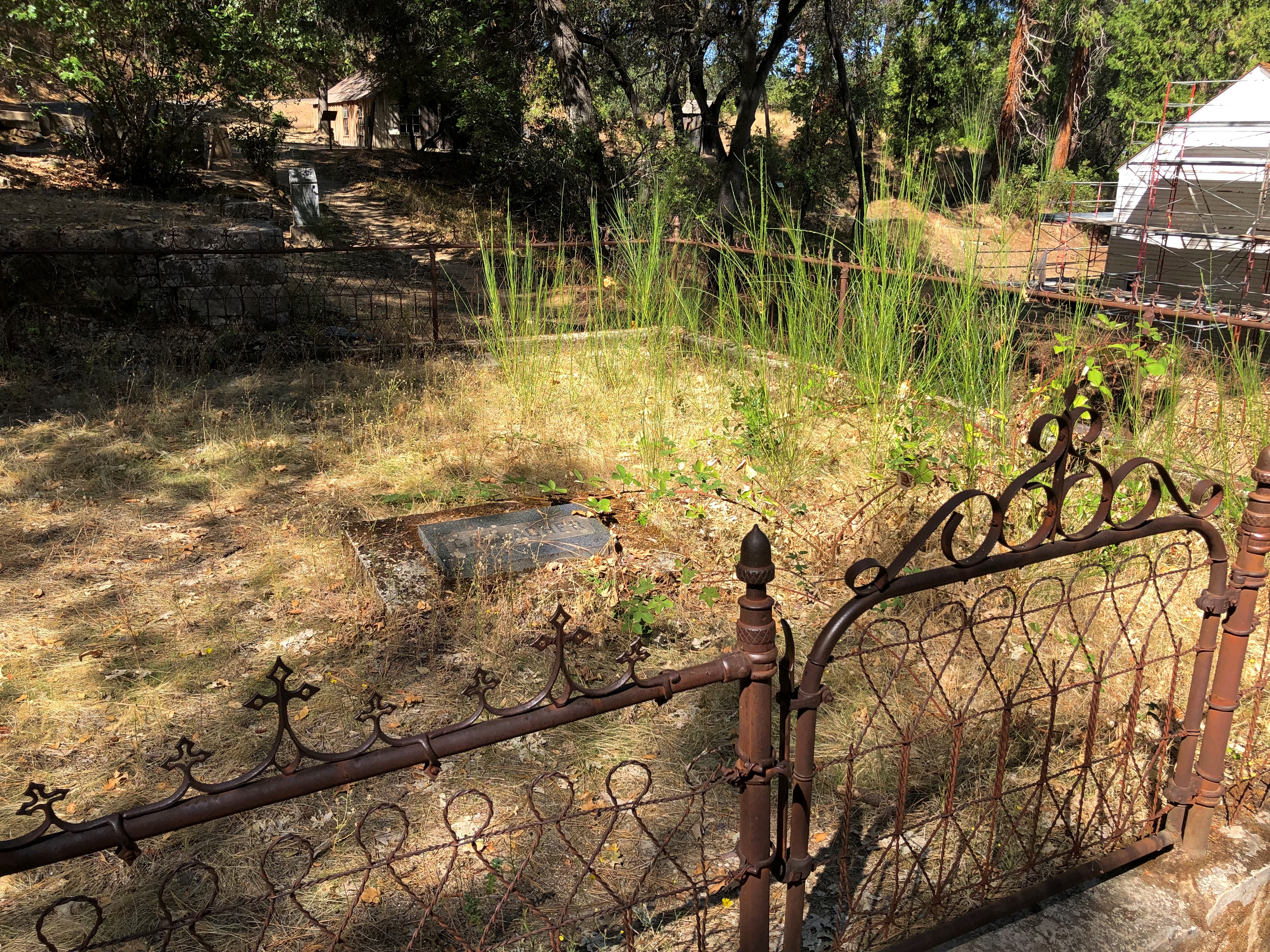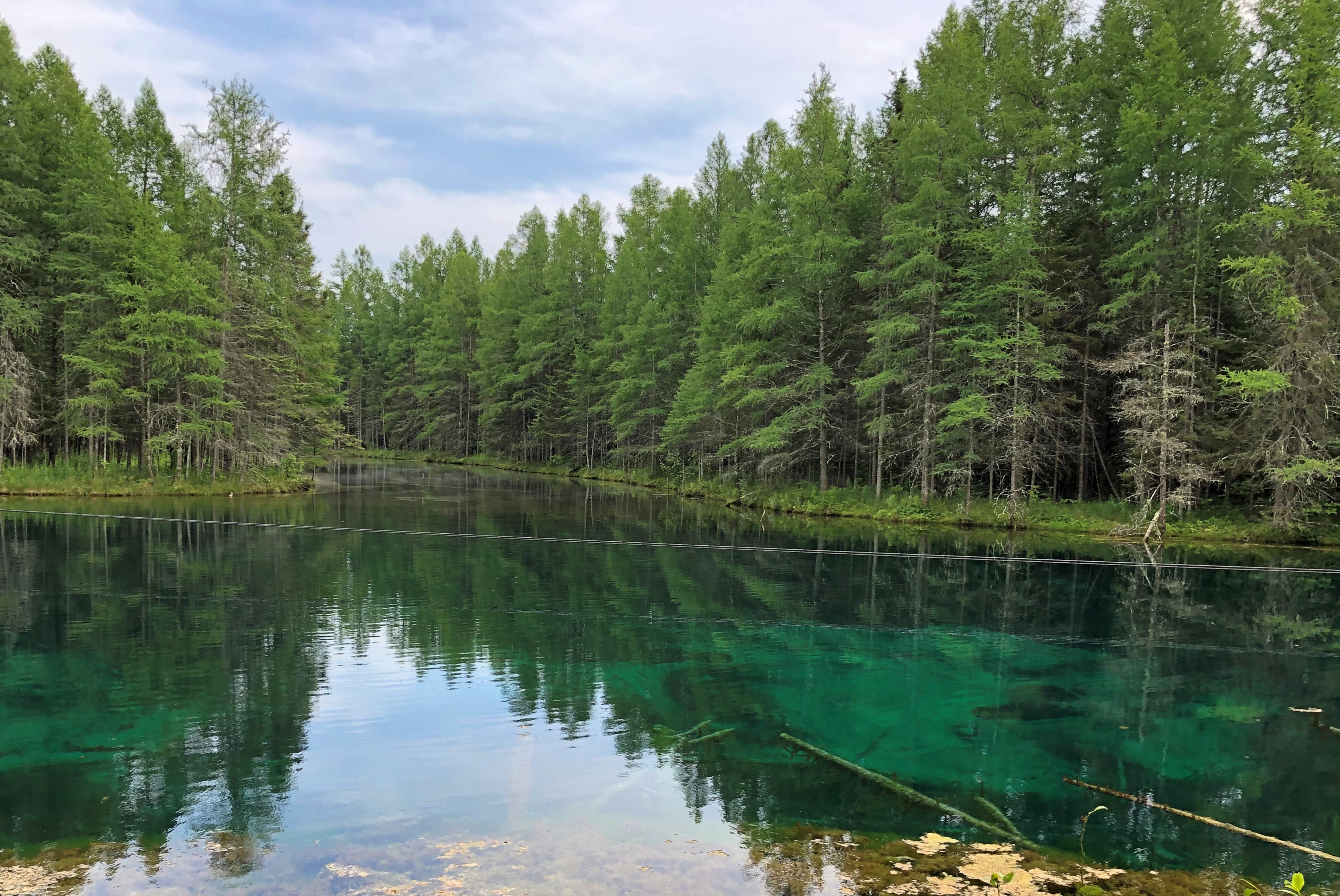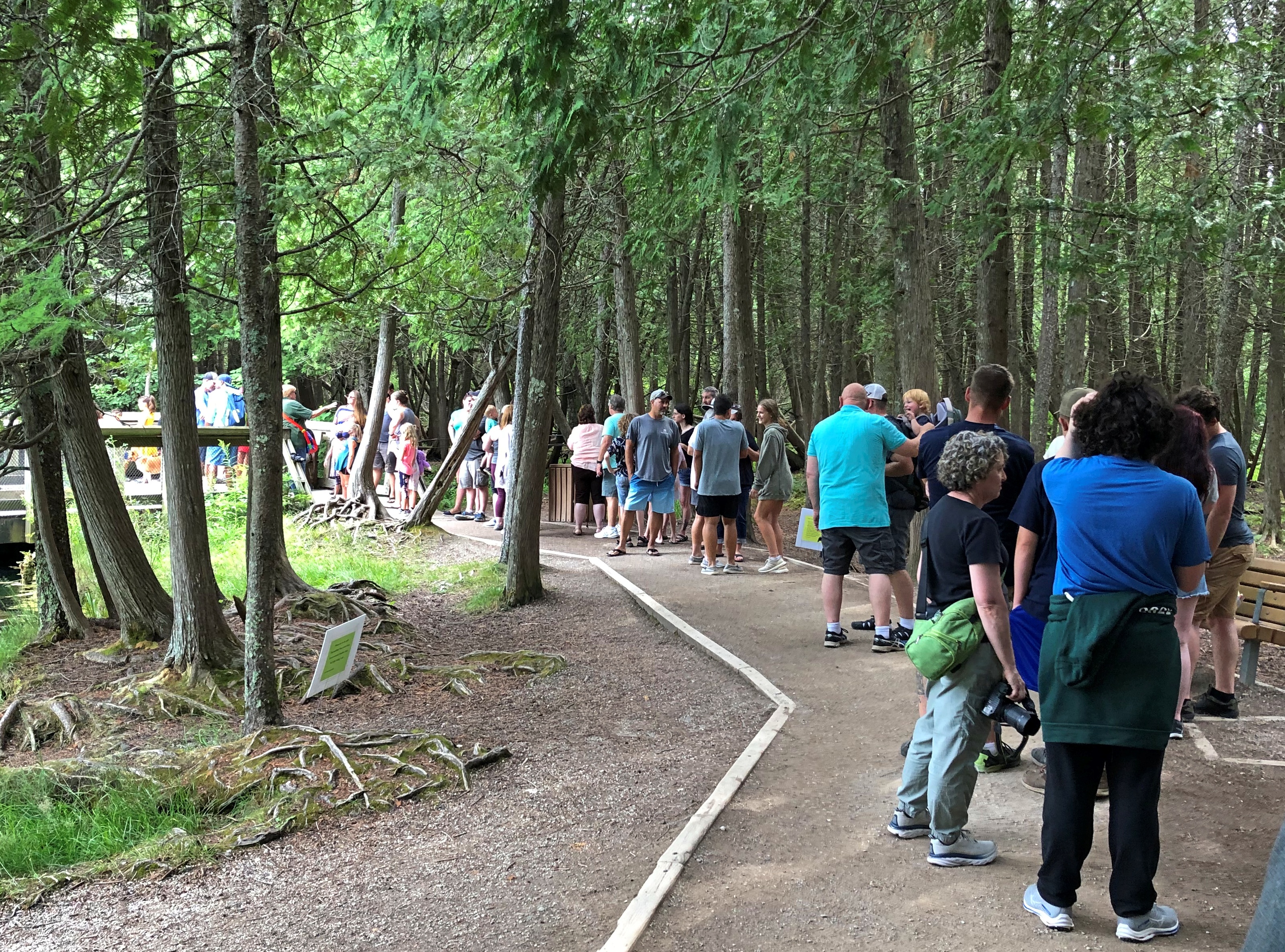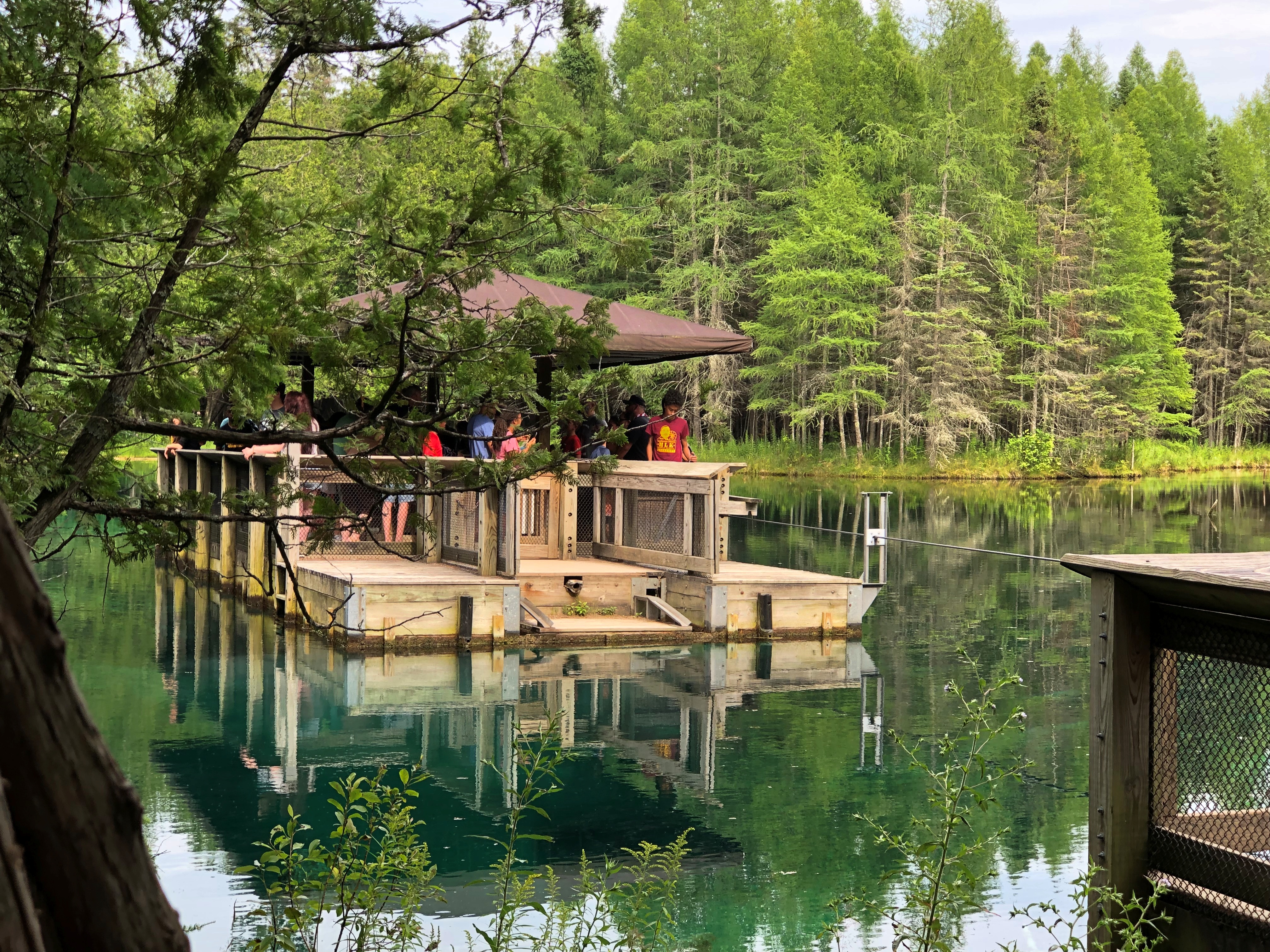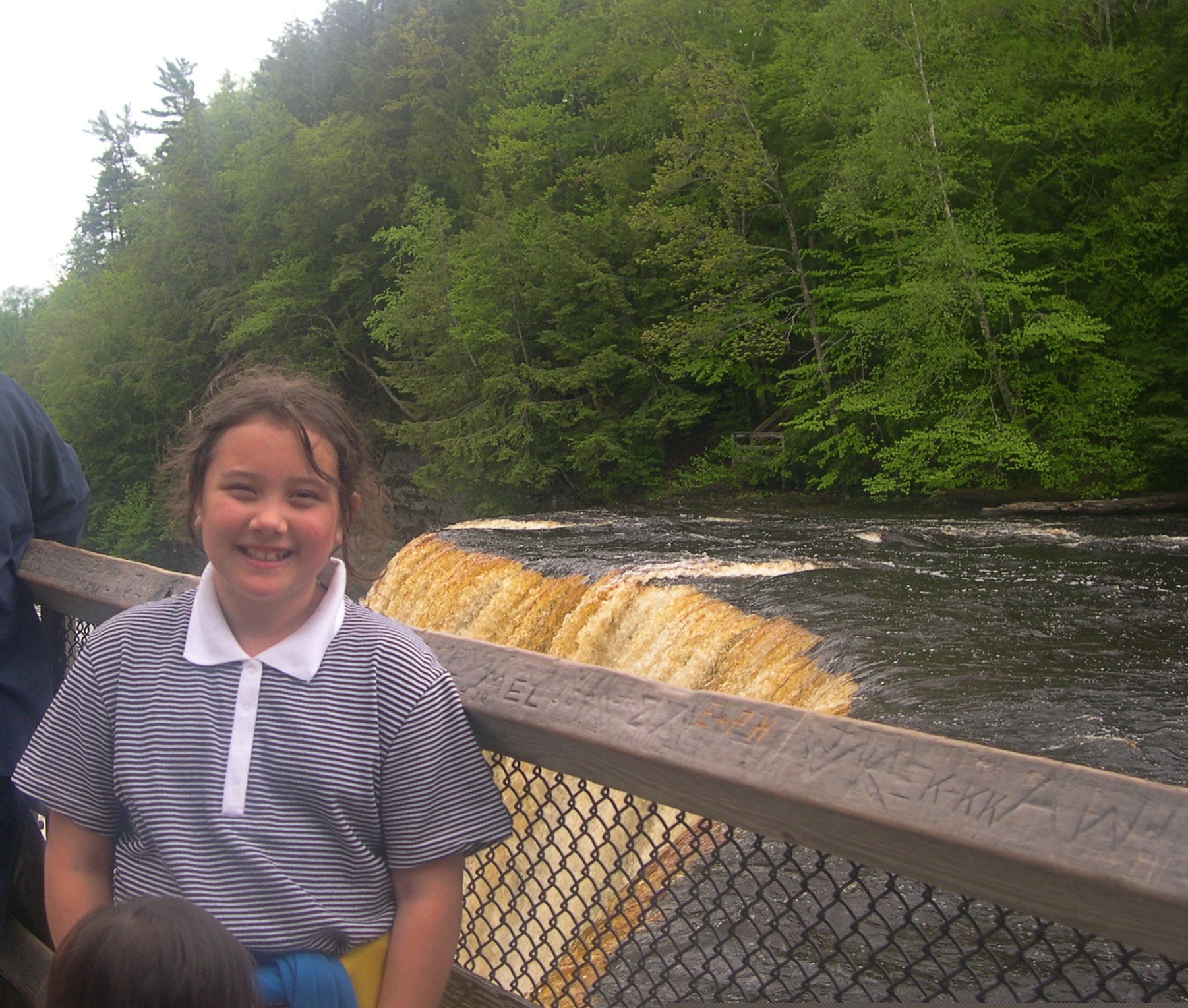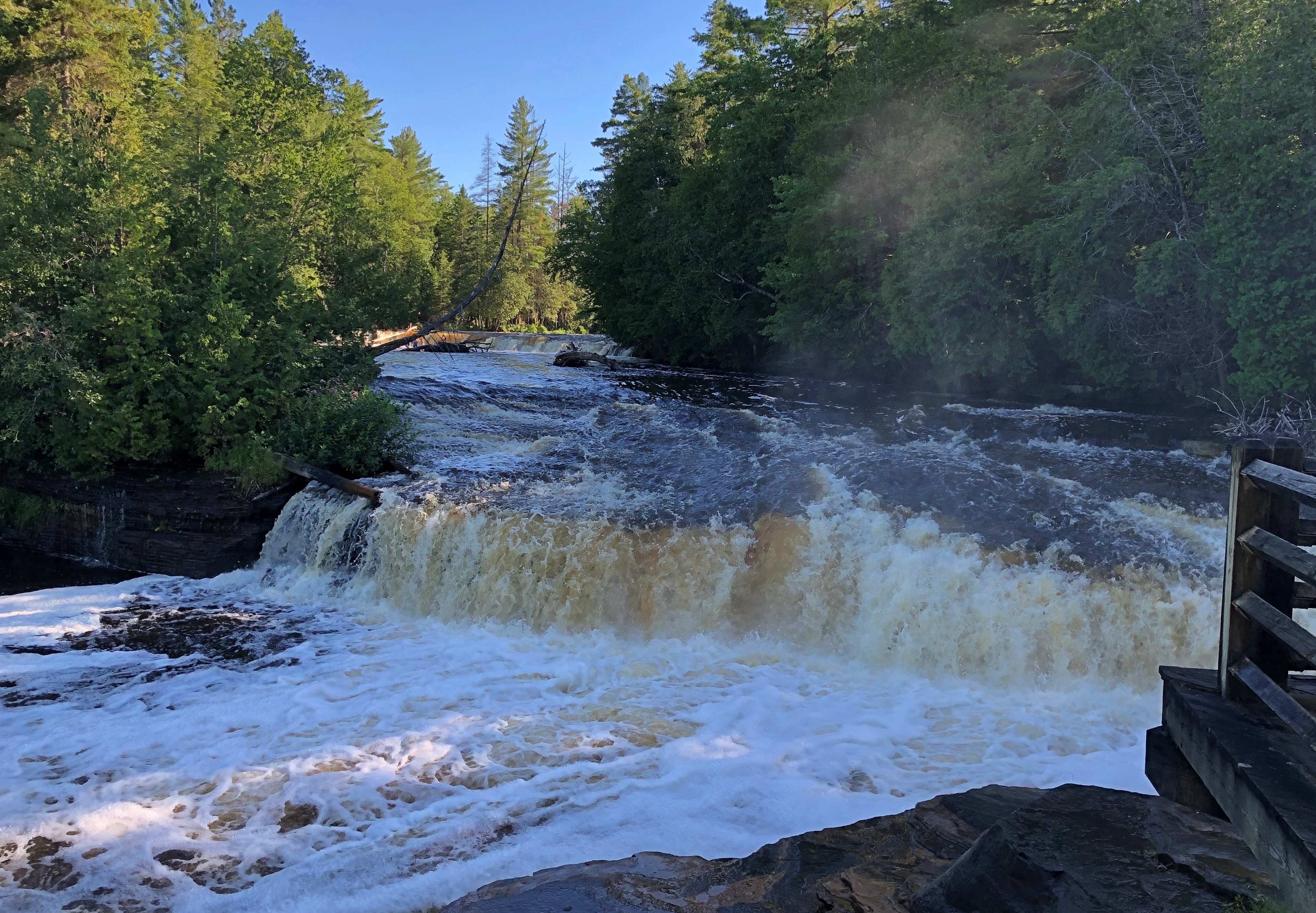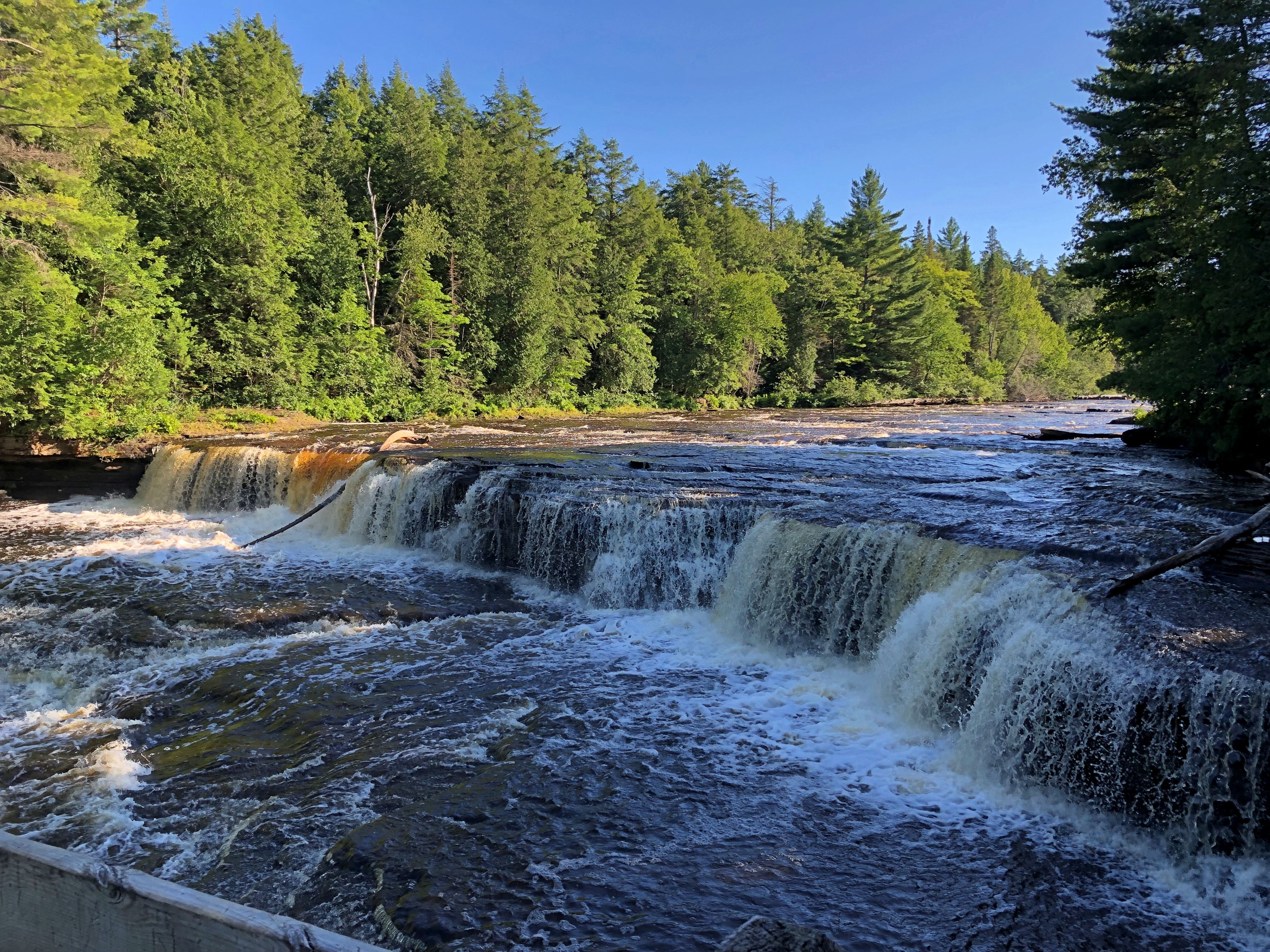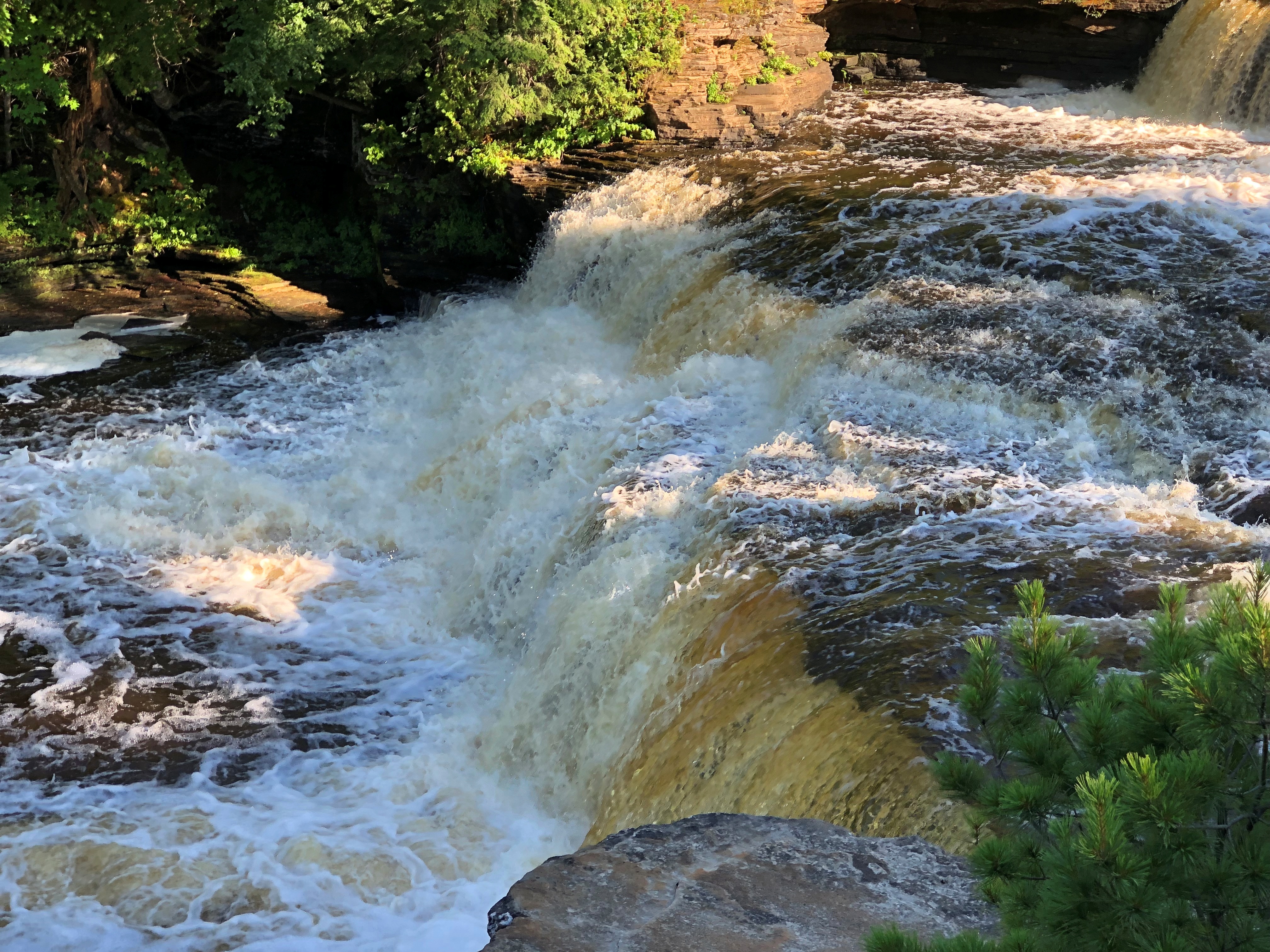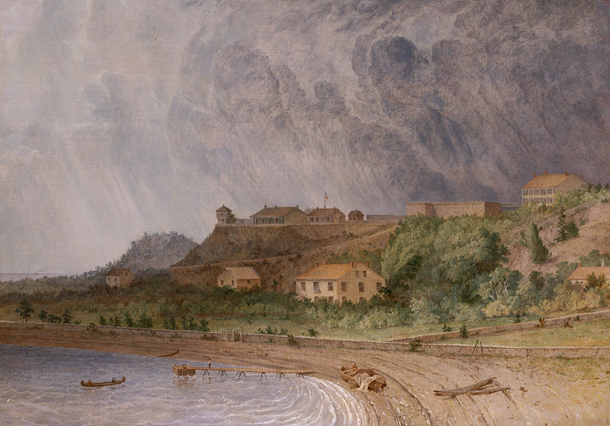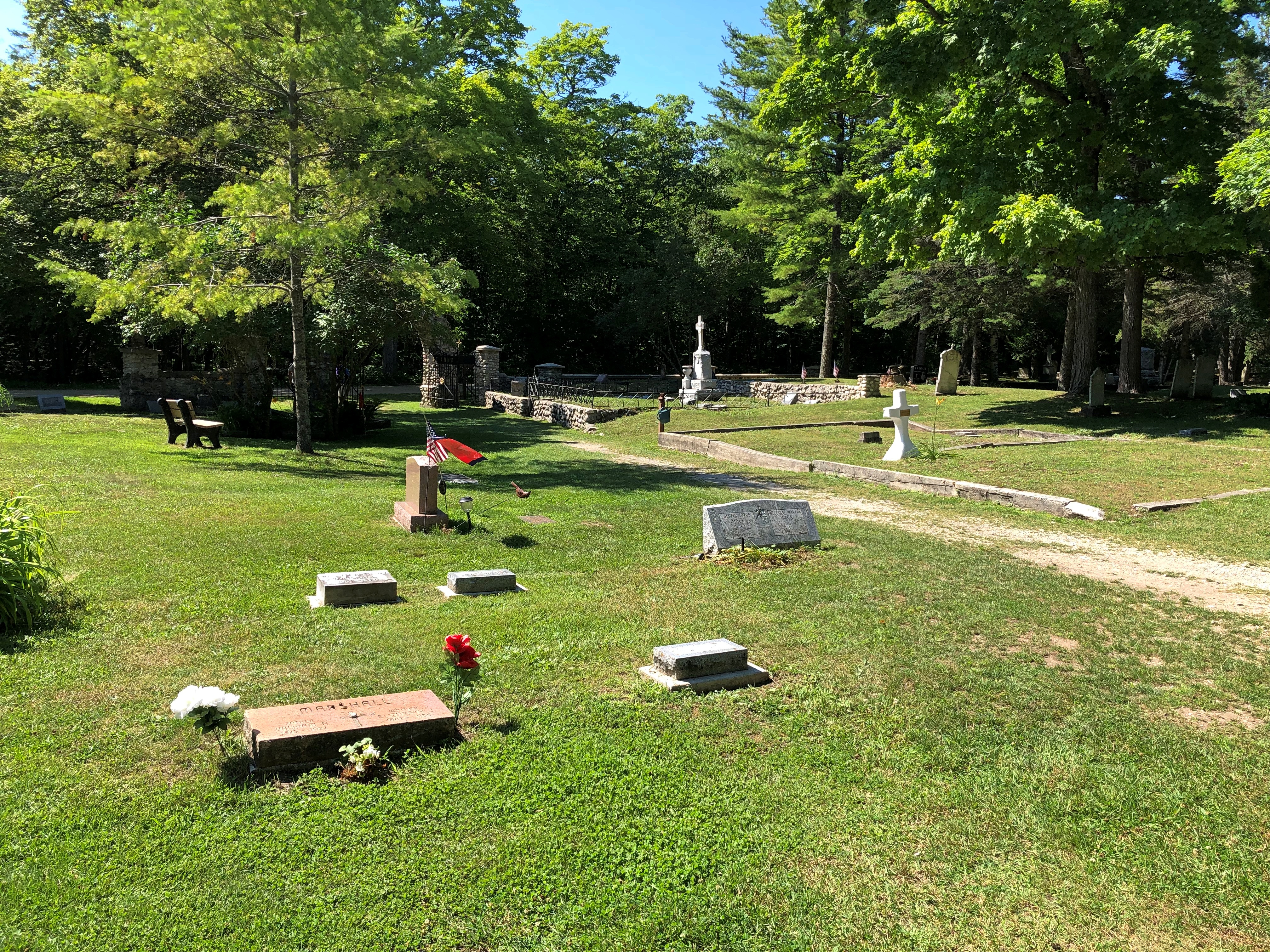This what ChatGPT had to say about Buffalo Rock State Park in LaSalle County, Illinois, in answer to my question, which was, “What can one see at Buffalo Rock State Park in Illinois?”
Buffalo Rock State Park is located in Illinois, USA. It is a historic site that features a large bluff that is shaped like a buffalo, hence the name. The park offers a variety of activities and attractions, including:
- Hiking: There are several hiking trails that offer beautiful views of the Illinois River and the surrounding landscape.
- Nature watching: The park is home to a diverse array of wildlife, including birds, deer, and other animals. It is also a great spot for bird watching.
- Rock Climbing: The park offers several climbing routes on the bluff and is a popular spot for rock climbing.
- Camping: The park has a campground with modern amenities, including showers and electrical hookups.
- Fishing: The Illinois River is a popular spot for fishing, and the park offers easy access to the water.
- Picnicking: There are several picnic areas throughout the park with tables and grills, which is a great place to relax and enjoy the scenery.
- History: The park also has a small museum that highlights the history and geology of the area, including the ancient civilizations that once lived in the area.
- A playground and a shelter house is also available for visitors.
Overall, Buffalo Rock State Park offers visitors a chance to explore nature, enjoy outdoor activities, and learn about the area’s rich history and geology.
There’s almost nothing distinctive about the writing, and it includes some errors, such as the fact the campground doesn’t have many amenities at all, and there is no small museum. Of course, the system is in beta and presumably will improve in that regard, and the site does warn you that errors are entirely possible. Nay, likely.
More difficult for the generative AI brains to correct, I suspect, will be writing that is so generic as to be almost useless: “The park is home to a diverse array of wildlife, including birds, deer, and other animals. It is also a great spot for bird watching.”
Here’s a human (me) writing the same thing: “A diversity of wildlife calls the park home, including native and migratory birds, foraging deer and other animals. Careful visitors can spot these animals, either as they seek scarce wintertime food or in the flush of spring and summer foliage, but be quiet, since like most wild animals, they shy away from people.”
That, too, is actually generic, but nevertheless a much more readable snippet, if I say so myself, and I do.
Then again, maybe ChatGPT isn’t supposed to function as a replacement for online sources like Wikipedia, or in this case, descriptive information published by the Illinois DNR. Or, for that matter, for a human being who visits a place, sees it with his own eyes, and writes an account of it. Maybe robots will be able to do that someday, but we aren’t there yet.
We went to Buffalo Rock SP on the last day of 2022, which was cold but above freezing. The weather had been dry enough for a few days such that the trails were soggy only in a few spots. The park is indeed a large bluff overlooking the Illinois River, and on the opposite banks from Starved Rock SP, whose views are actually better.
Still, Buffalo Rock isn’t bad at all when it comes to river views.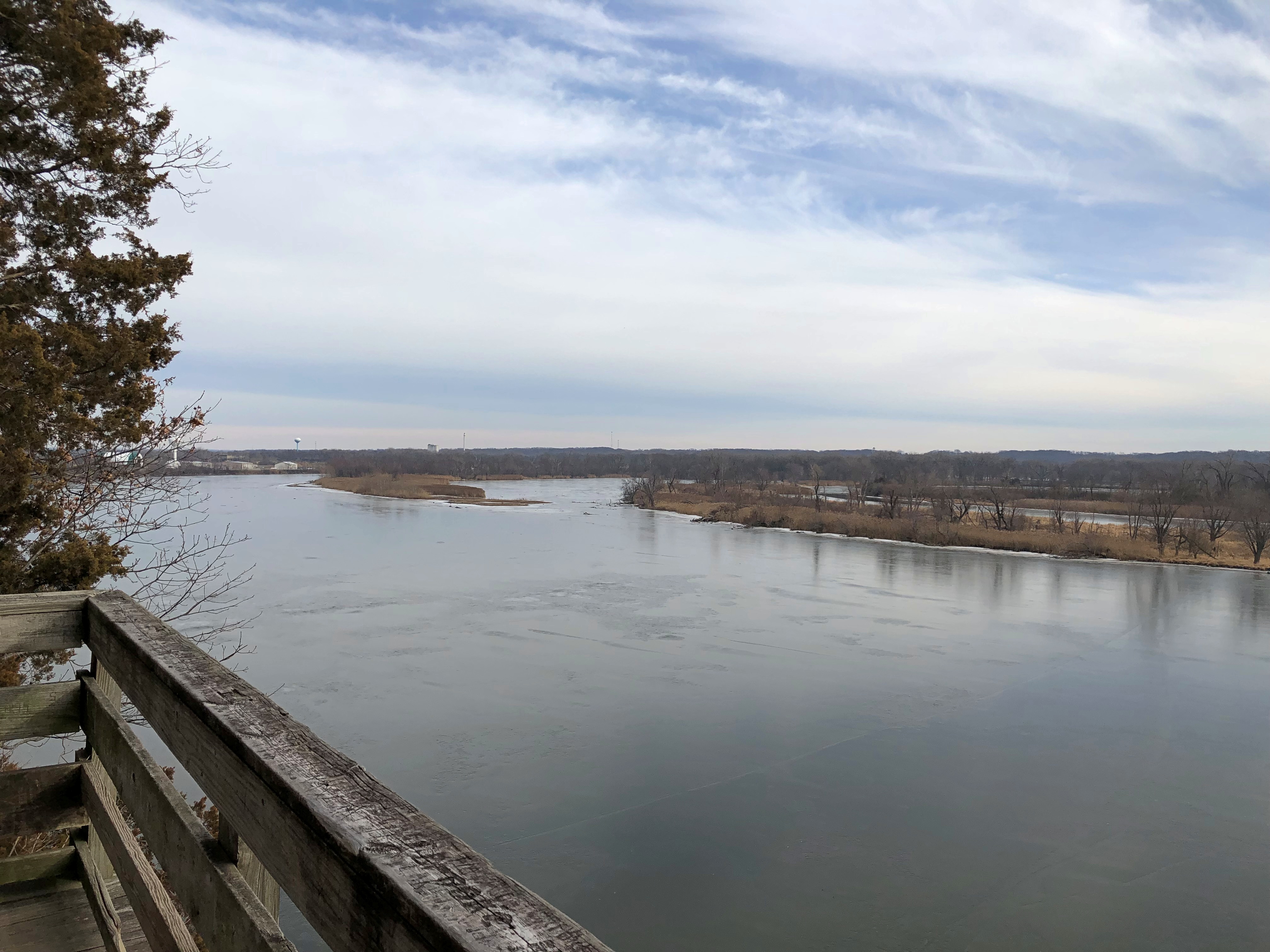
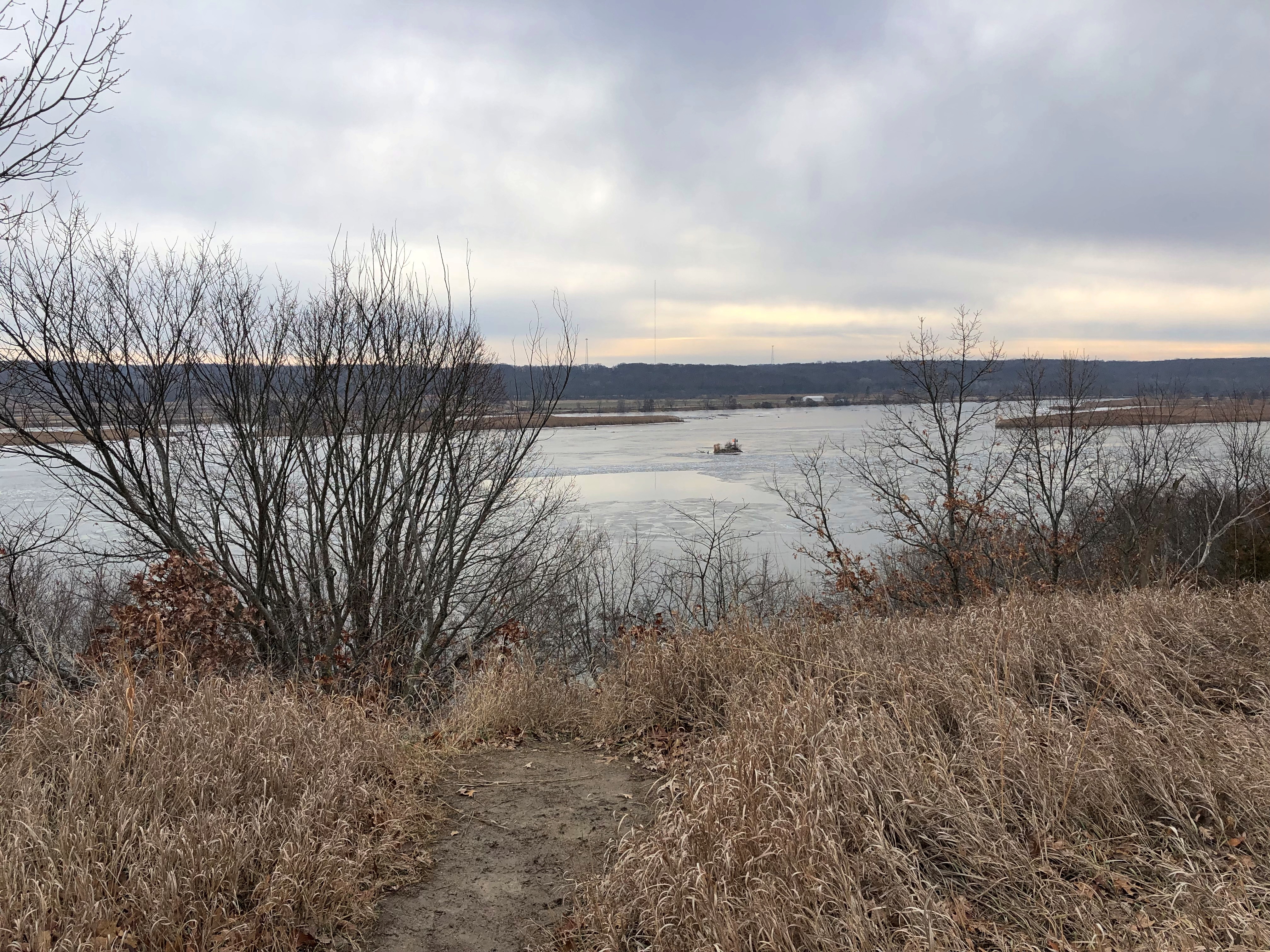
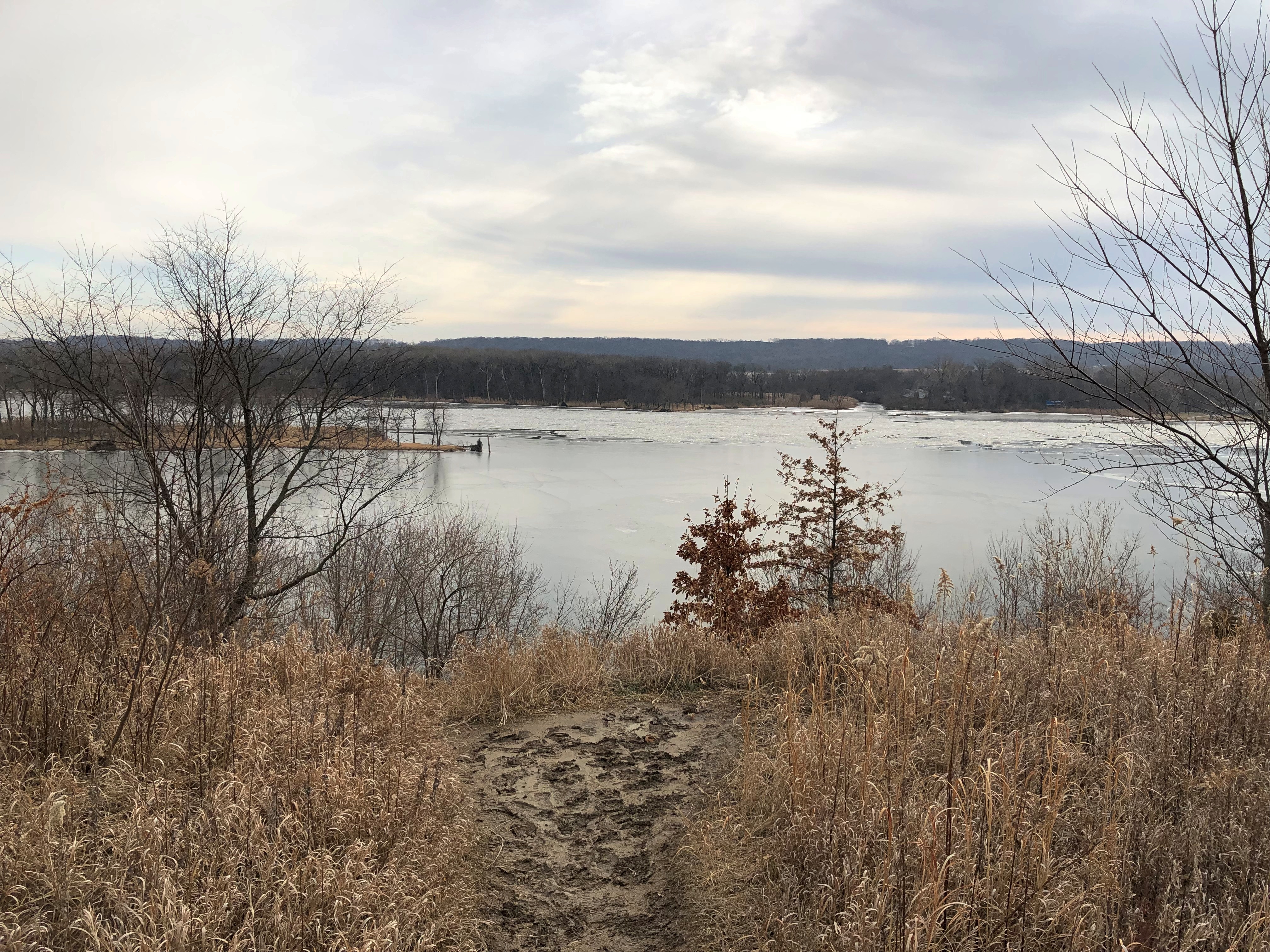
Two short trails wind through the grassland and copses. 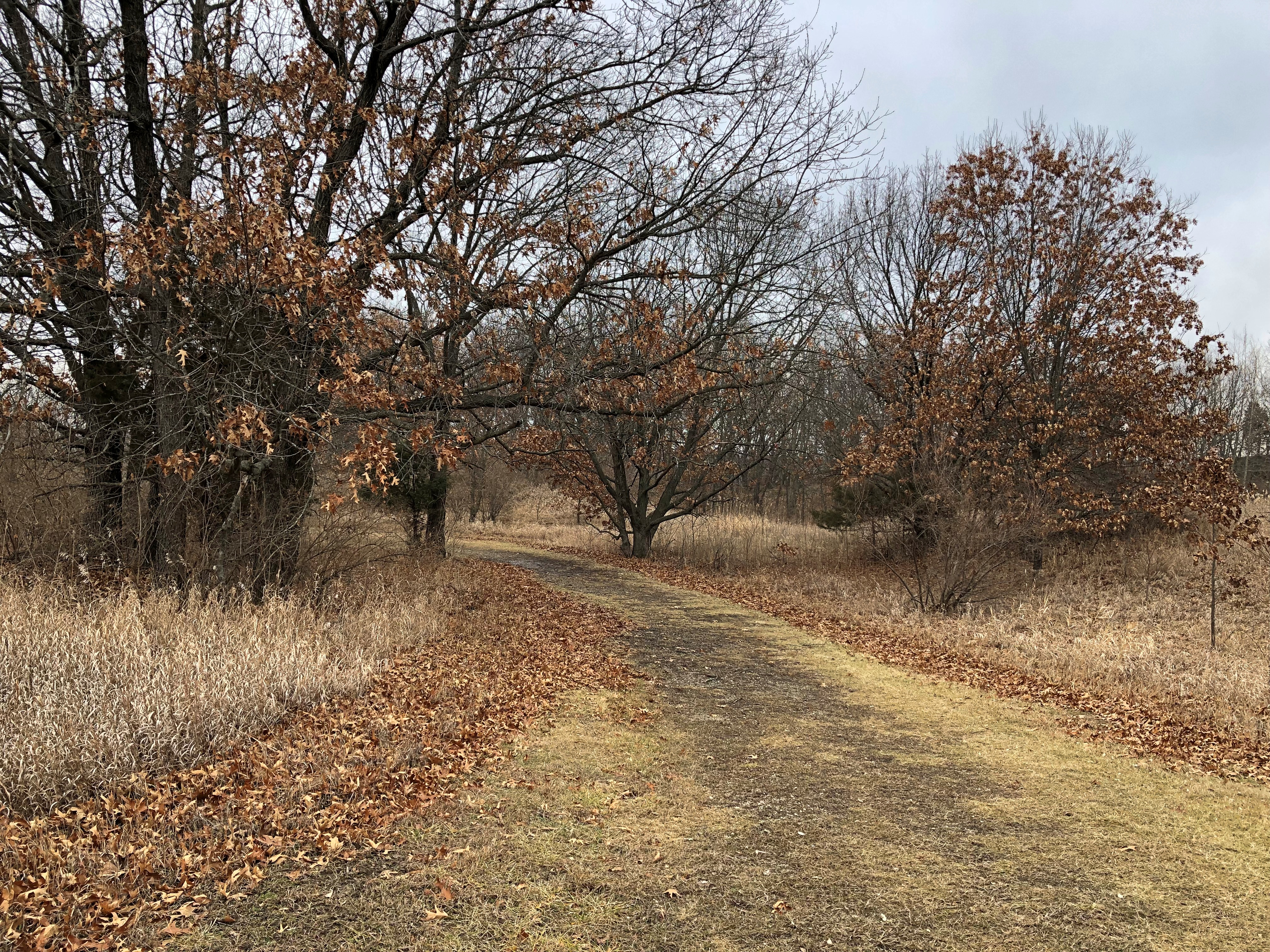

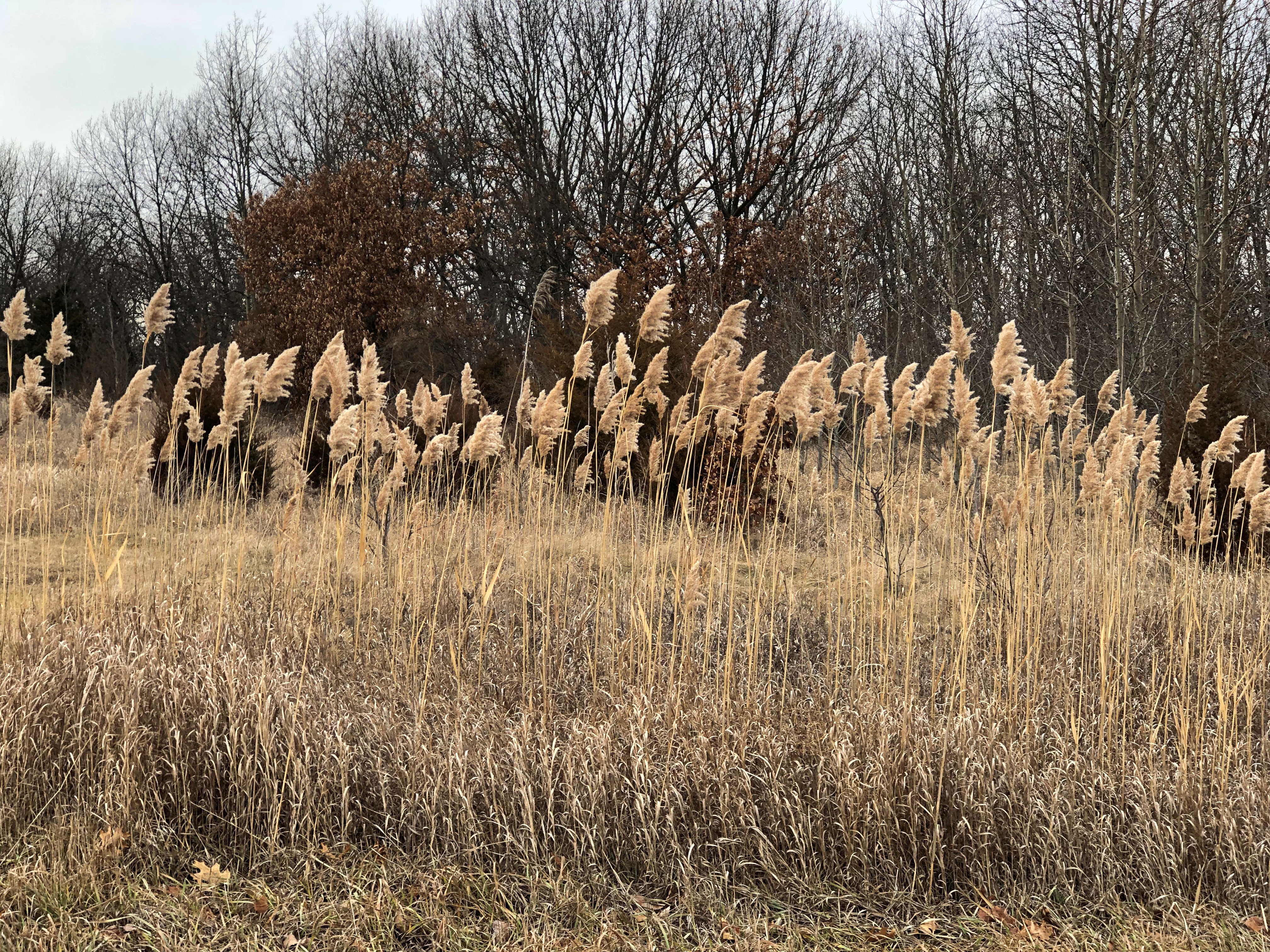
The site has a history that goes back to prehistory, involving various native tribes and the explorer LaSalle, but in the 20th century, it was strip mined. One of the unusual aspects of its remediation, which began in the 1980s, is the Effigy Tumuli earthworks. I read about them before going to the park, and figured it would be cool to see them myself.
It wasn’t. But it was cool to read about the project.
“The Effigy Tumuli earthwork consists of five geometrically abstracted animal forms, created on old mining land along the Illinois River…” said the Center for Land Use Interpretation at some point in the past. “It is one of the largest artworks in the country, and the shapes are so large that they can only be discerned from the air. On the ground, one experiences mounded earth, paths, interpretive signs, drainage control gullies, and patches of grass, shrubbery and exposed earth.
“Michael Heizer was commissioned to make the sculpture in 1983 by the president of the Ottawa Silica Co., who had an interest in art and whose company owned the site. The property had been strip-mined for coal, and was a polluted and eroded barren landscape, with highly acidic soil.
“For this ‘reclamation art’ project, instead of drawing on his vocabulary of abstract forms, Heizer used figurative forms, creating mounds shaped like animals native to the region. There is a snake, catfish, turtle, frog, and a water strider. He considered these figures to be evocative of the Indian mounds that can be found throughout the Midwest.”
Forty years after the commission, the Effigy Tumuli are – what’s the word? – invisible. At least from the ground. I think this was one of them. The long hillock in the background, that is. But I can’t be sure.
The posts holding up the interpretive signs are still scattered here and there, but the signs themselves are not. Completely effaced, as far as I could tell. So if I hadn’t read about the artwork beforehand, I’d have had no idea it was there. Maybe that was the artist’s intention — for the work to merge, eventually, with its surroundings.
Never mind, we found something more interesting just before we left. Buffalo.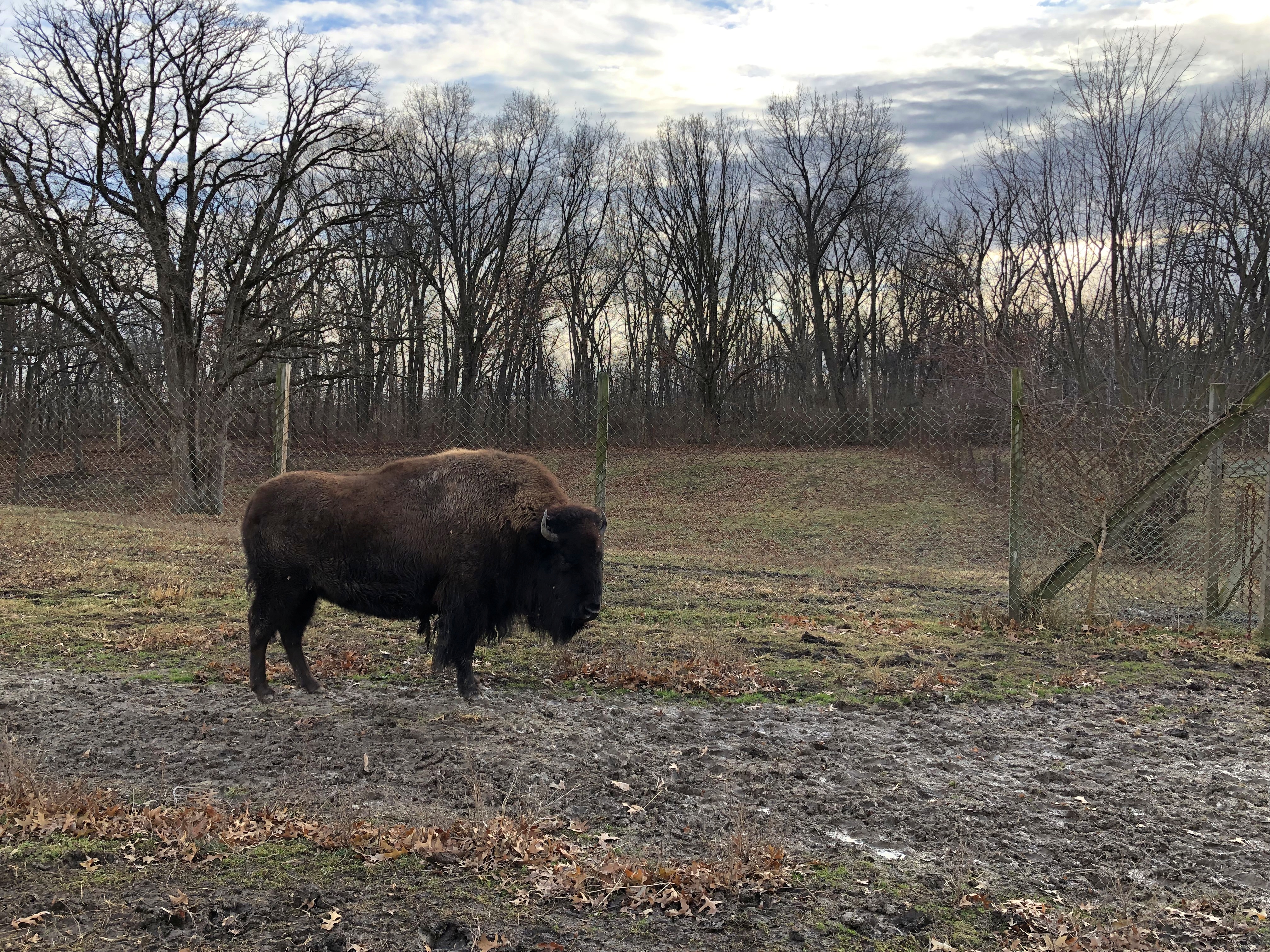
Unlike the tumuli, I had no idea there were actual buffalo at Buffalo Rock, but there they were. Three of the creatures, fenced in, each with a body contour just like the image on the former nickel. No signs to explain, but apparently the state maintains them.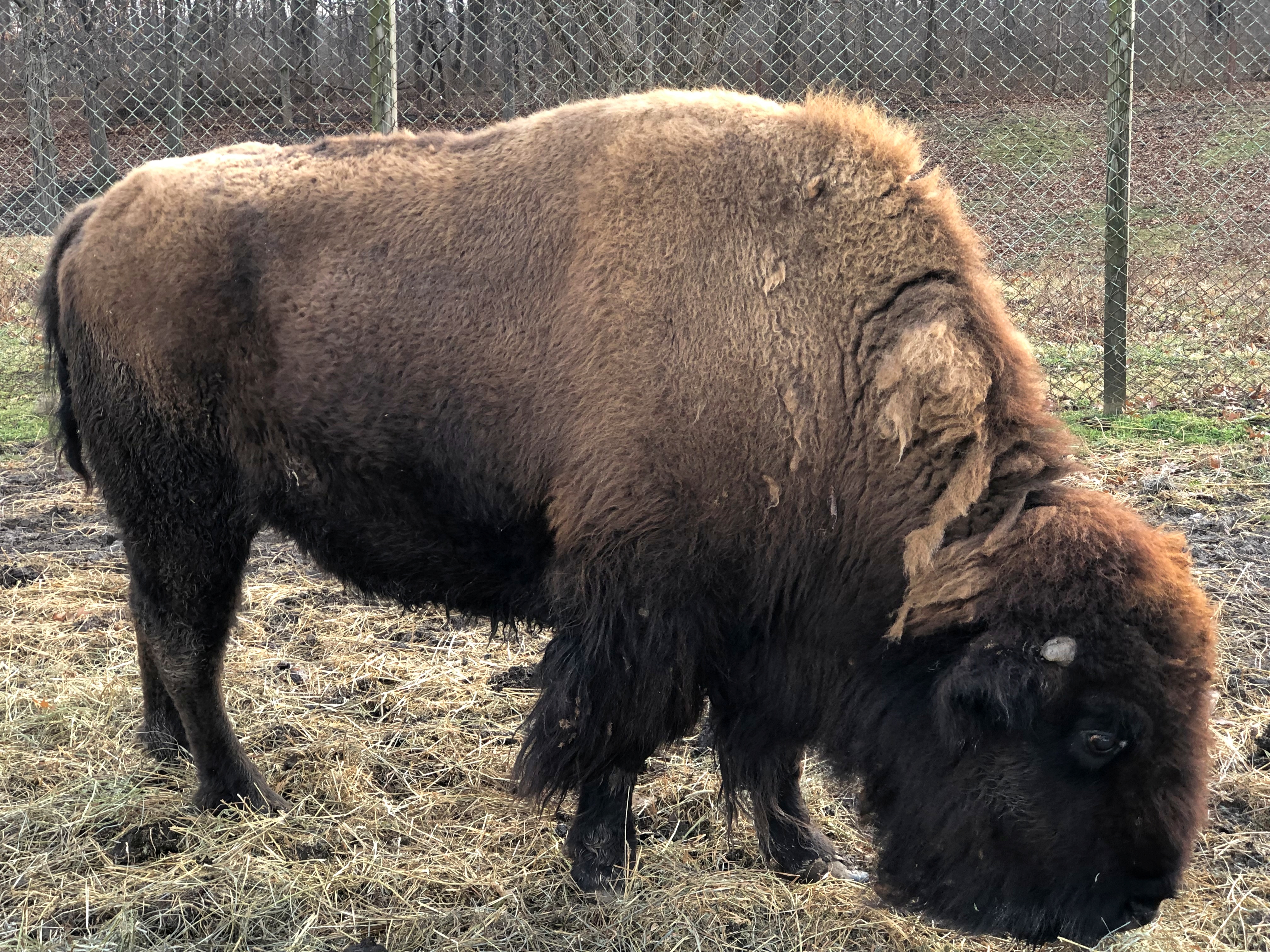
The fence means you can practically stand next to the animals, something that would be ill-advised without a barrier. Majestic beasts, for sure, but with an epic smell.
